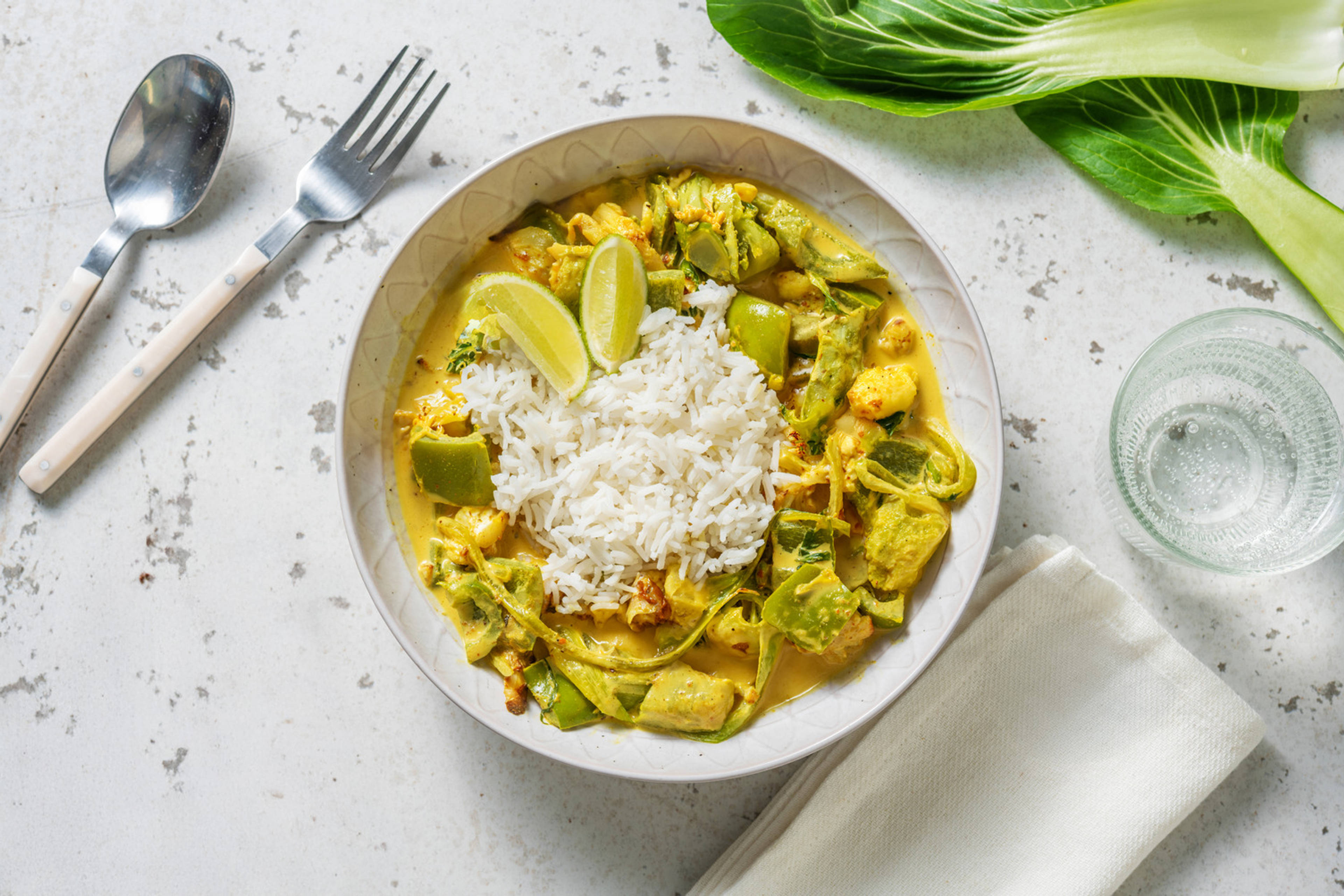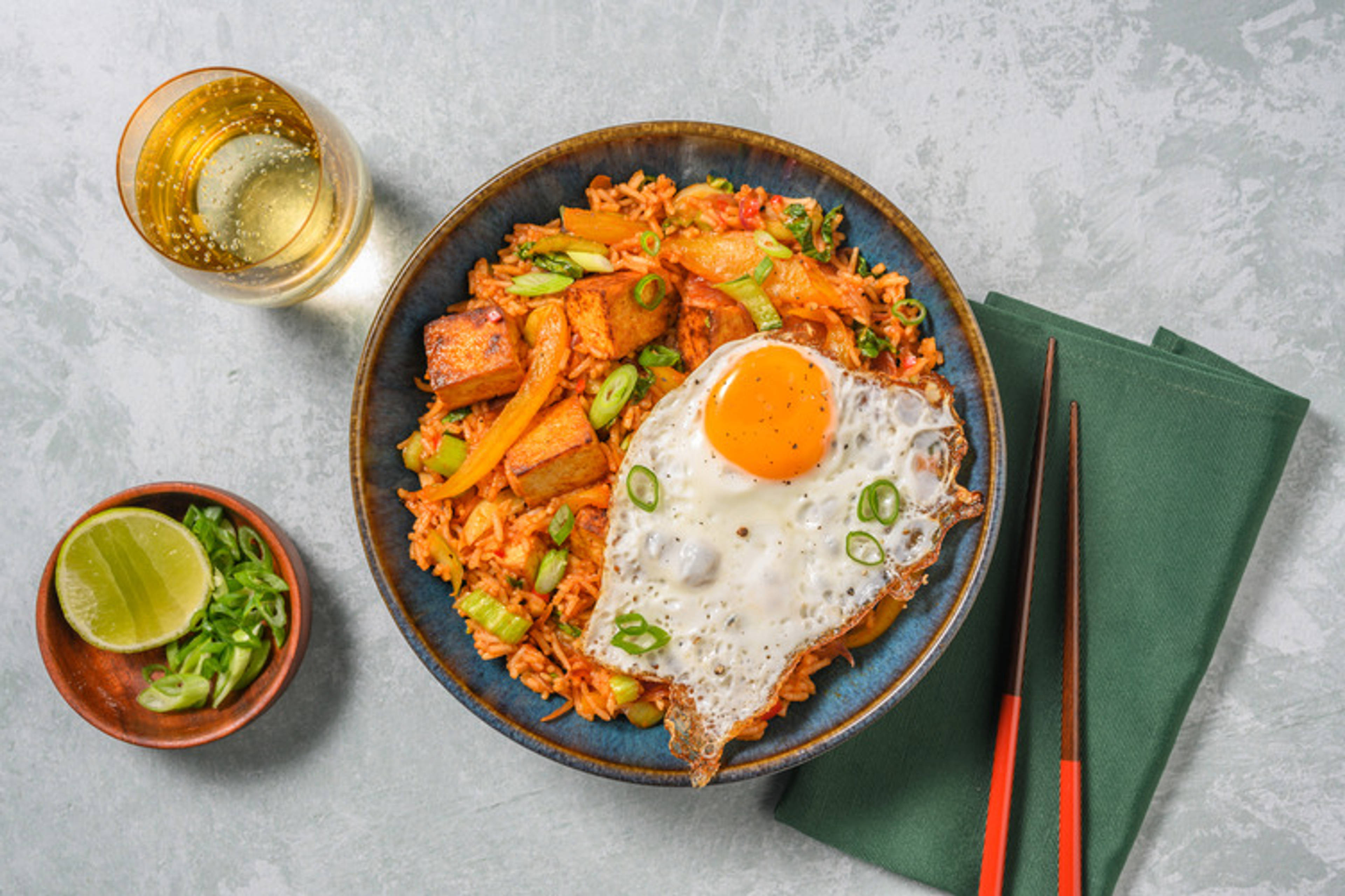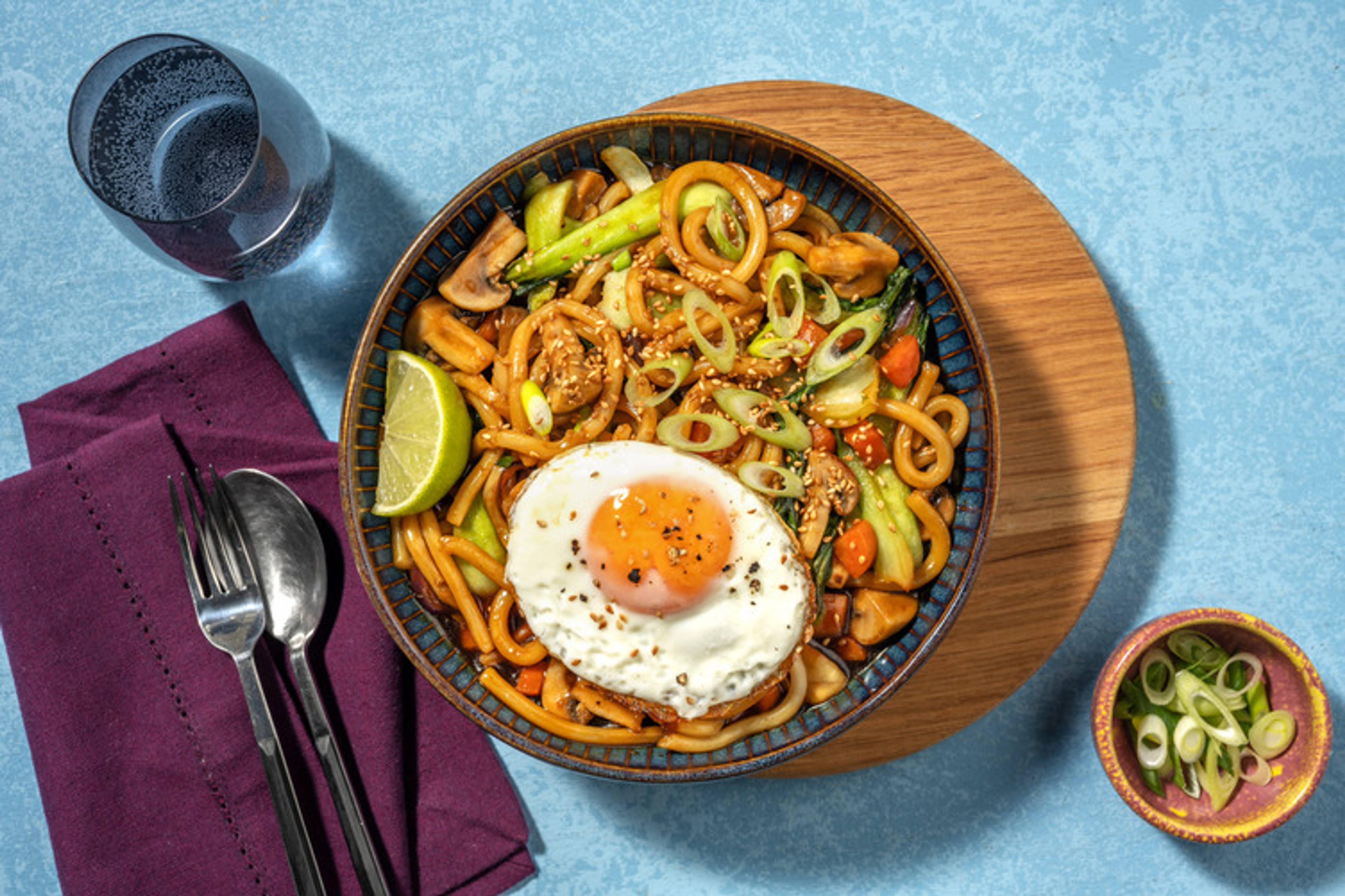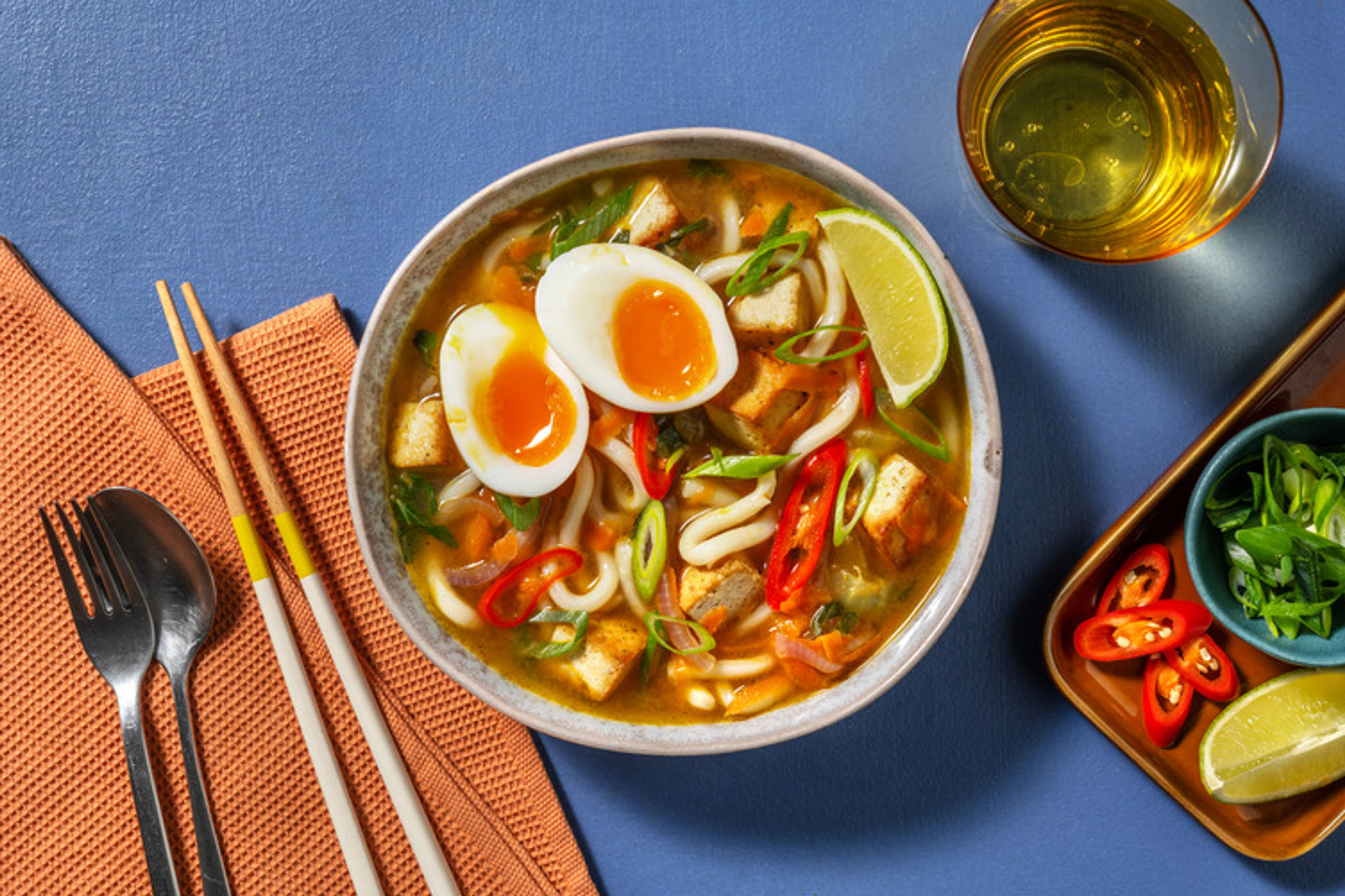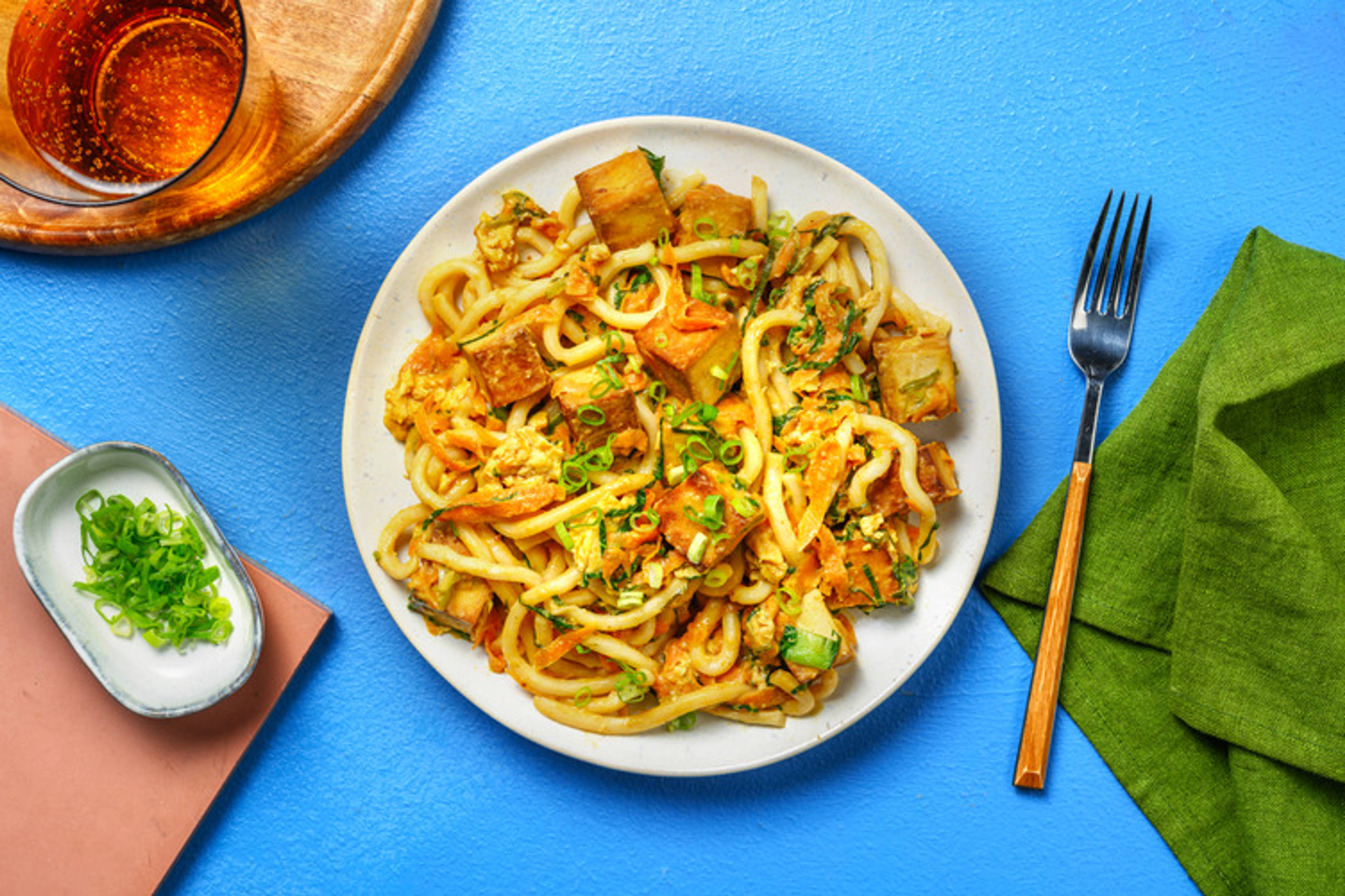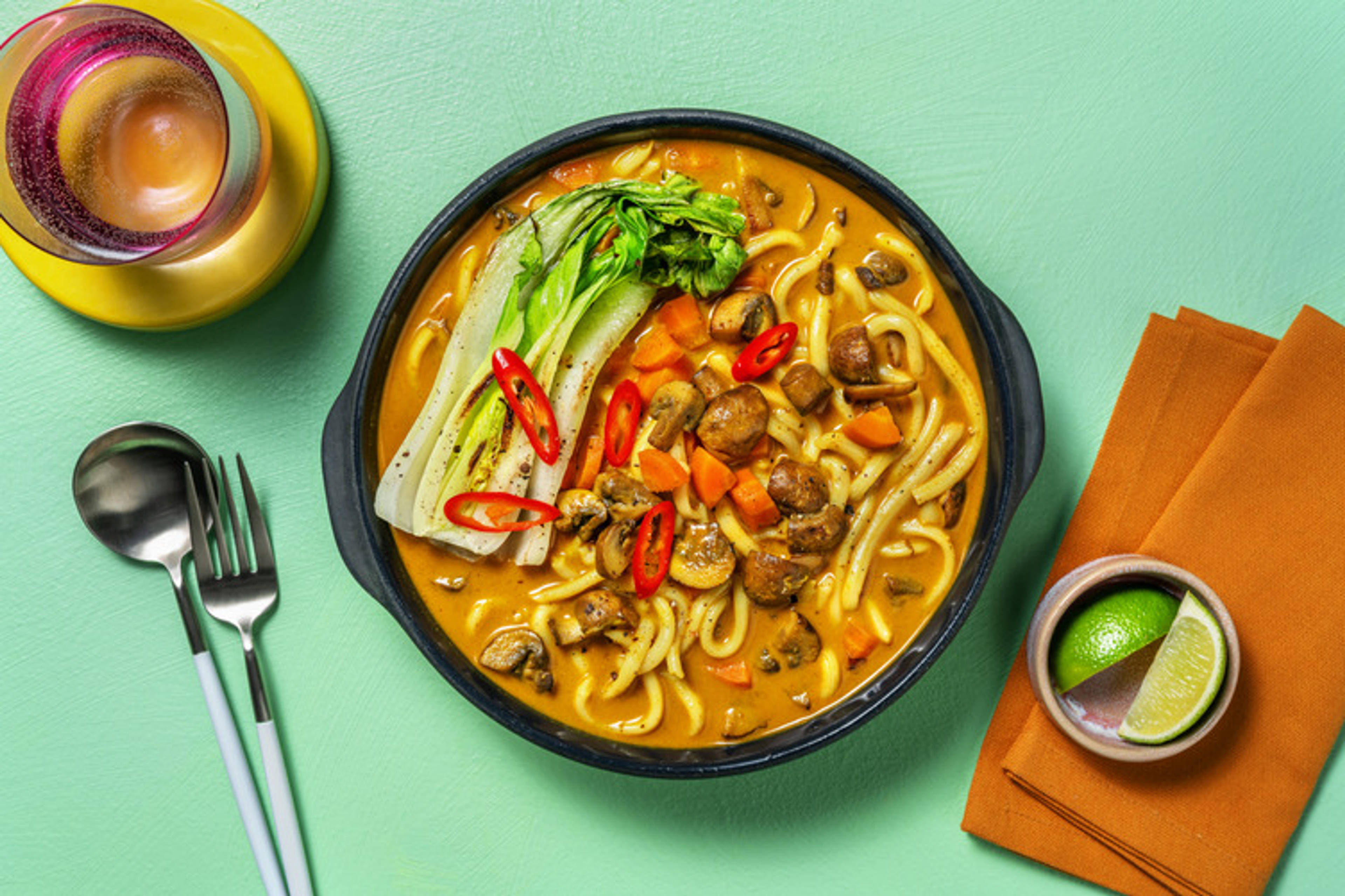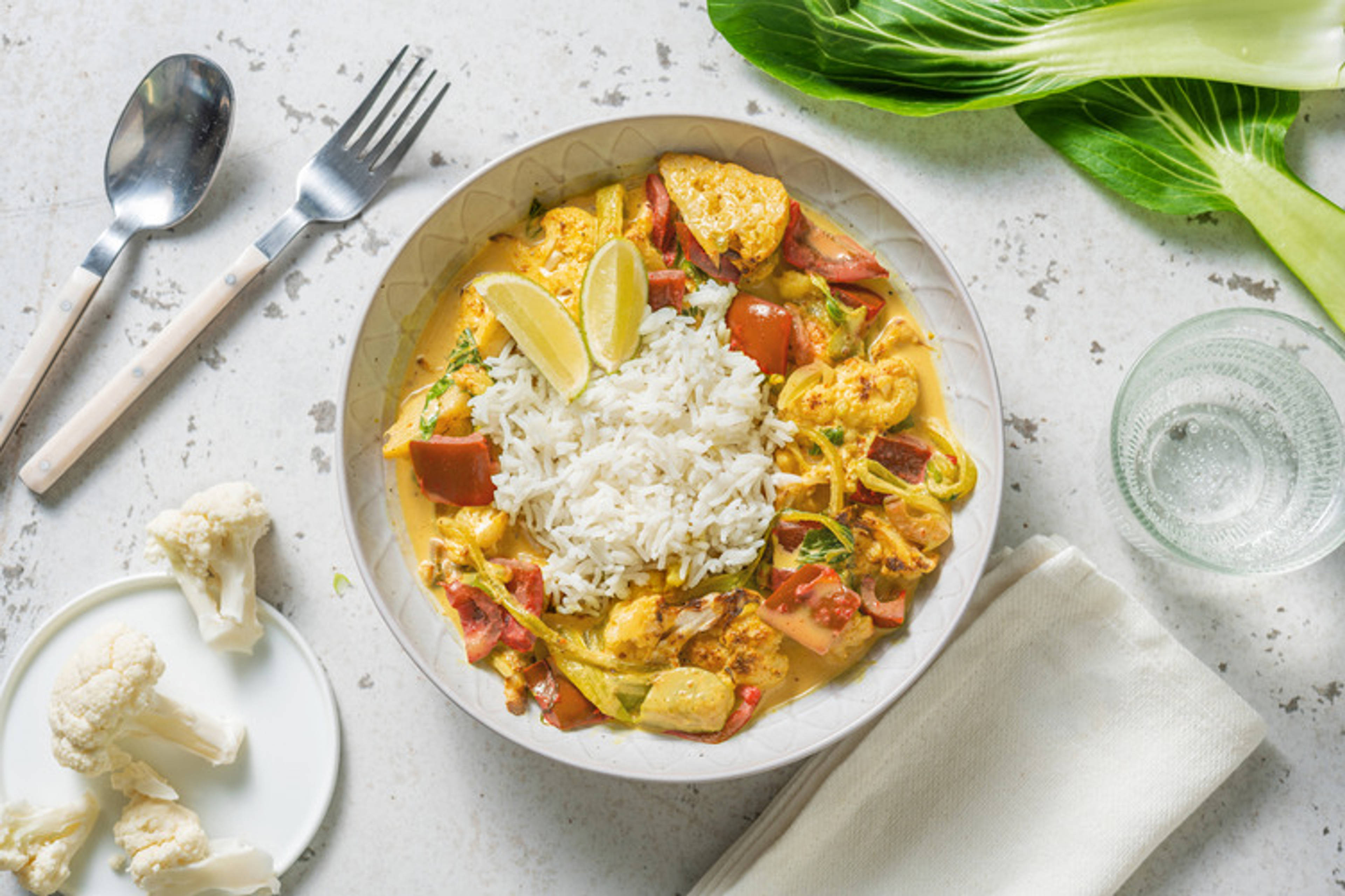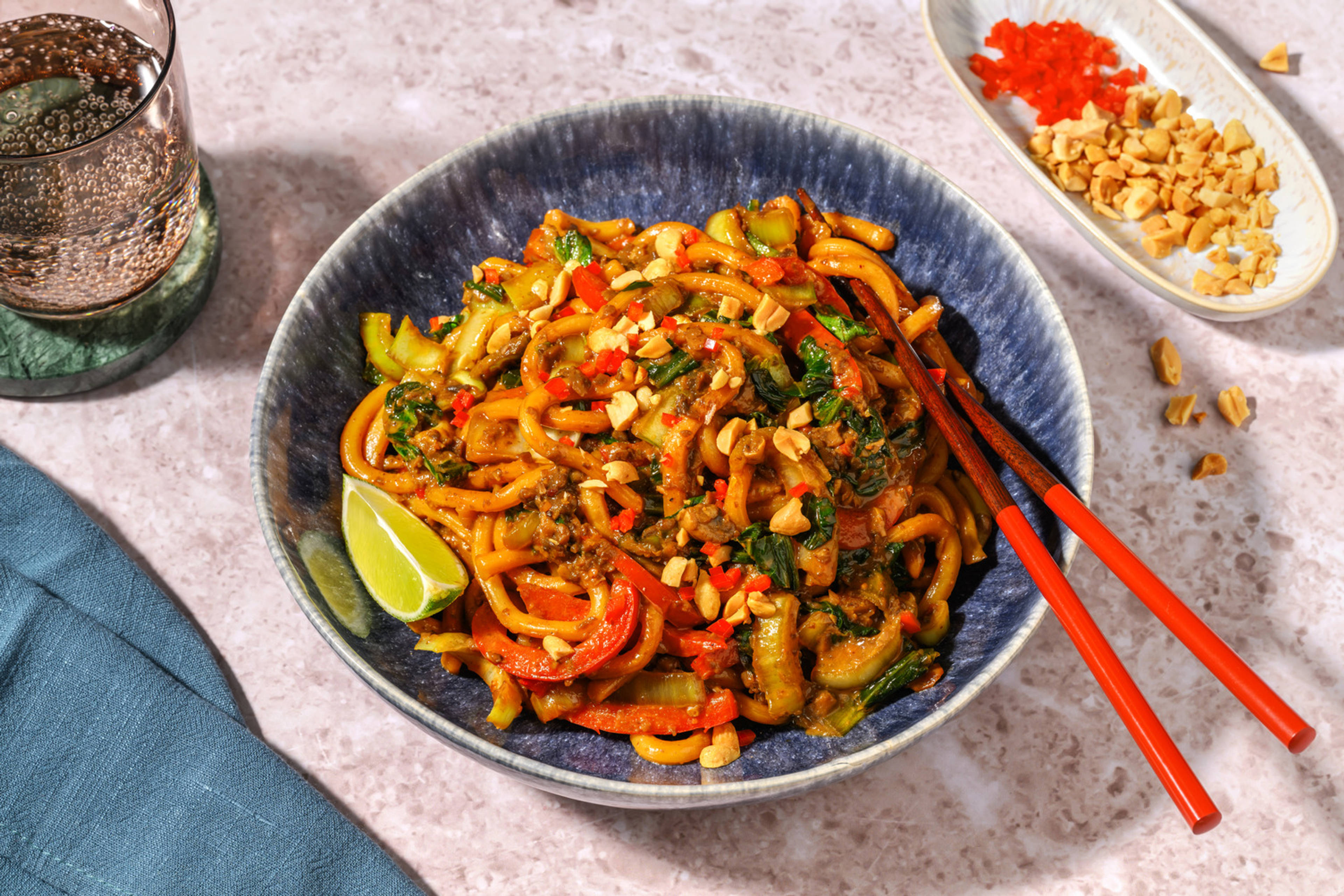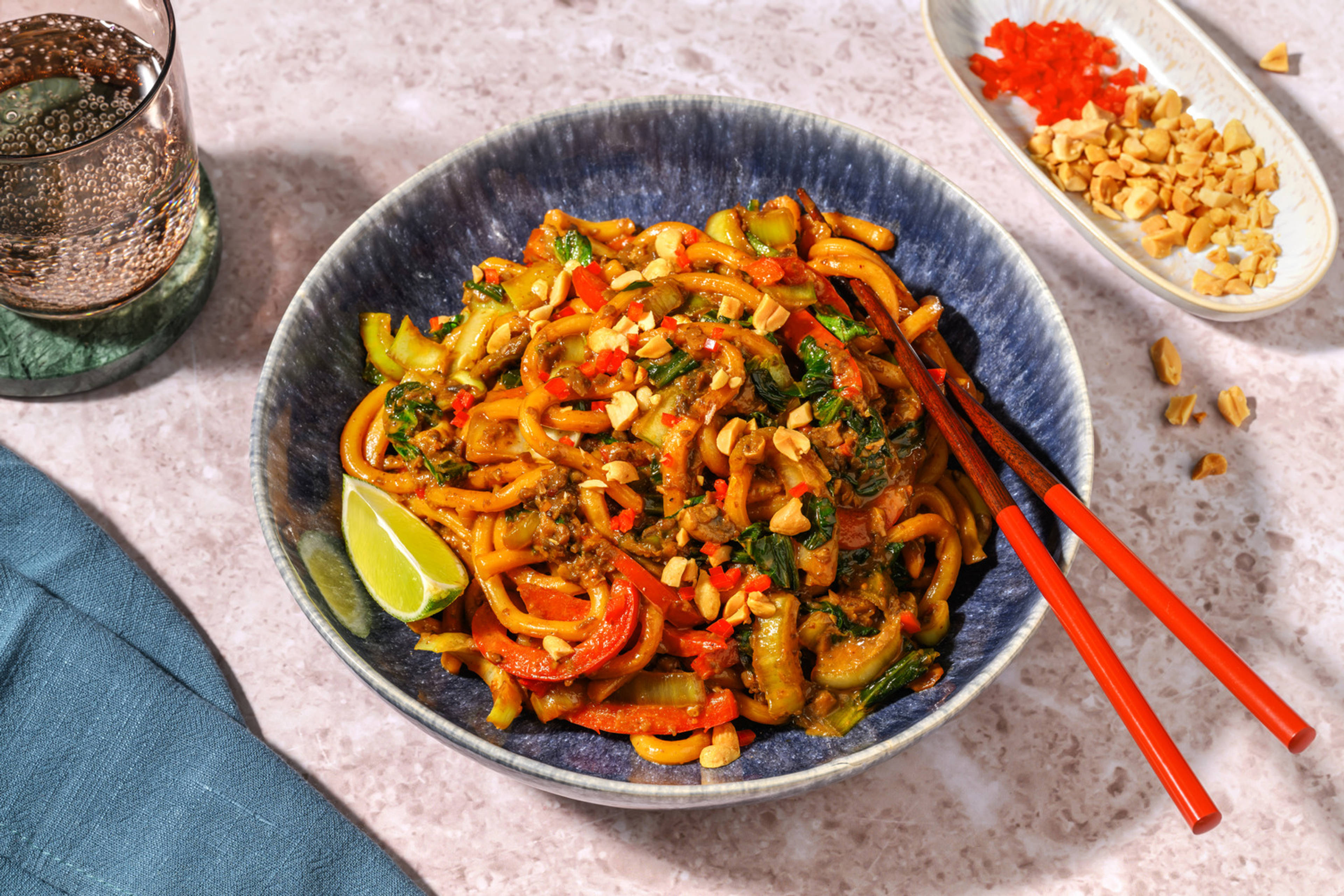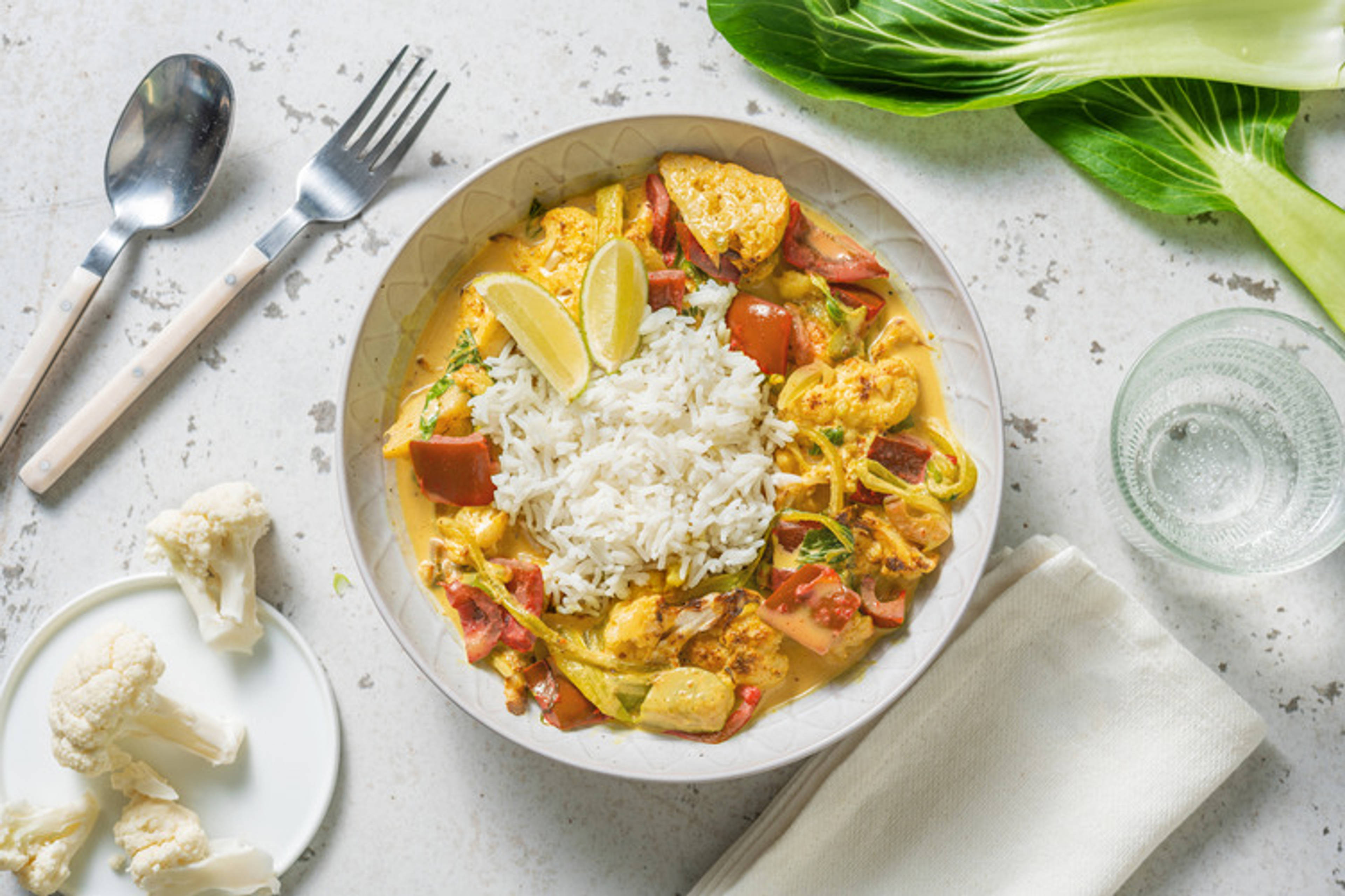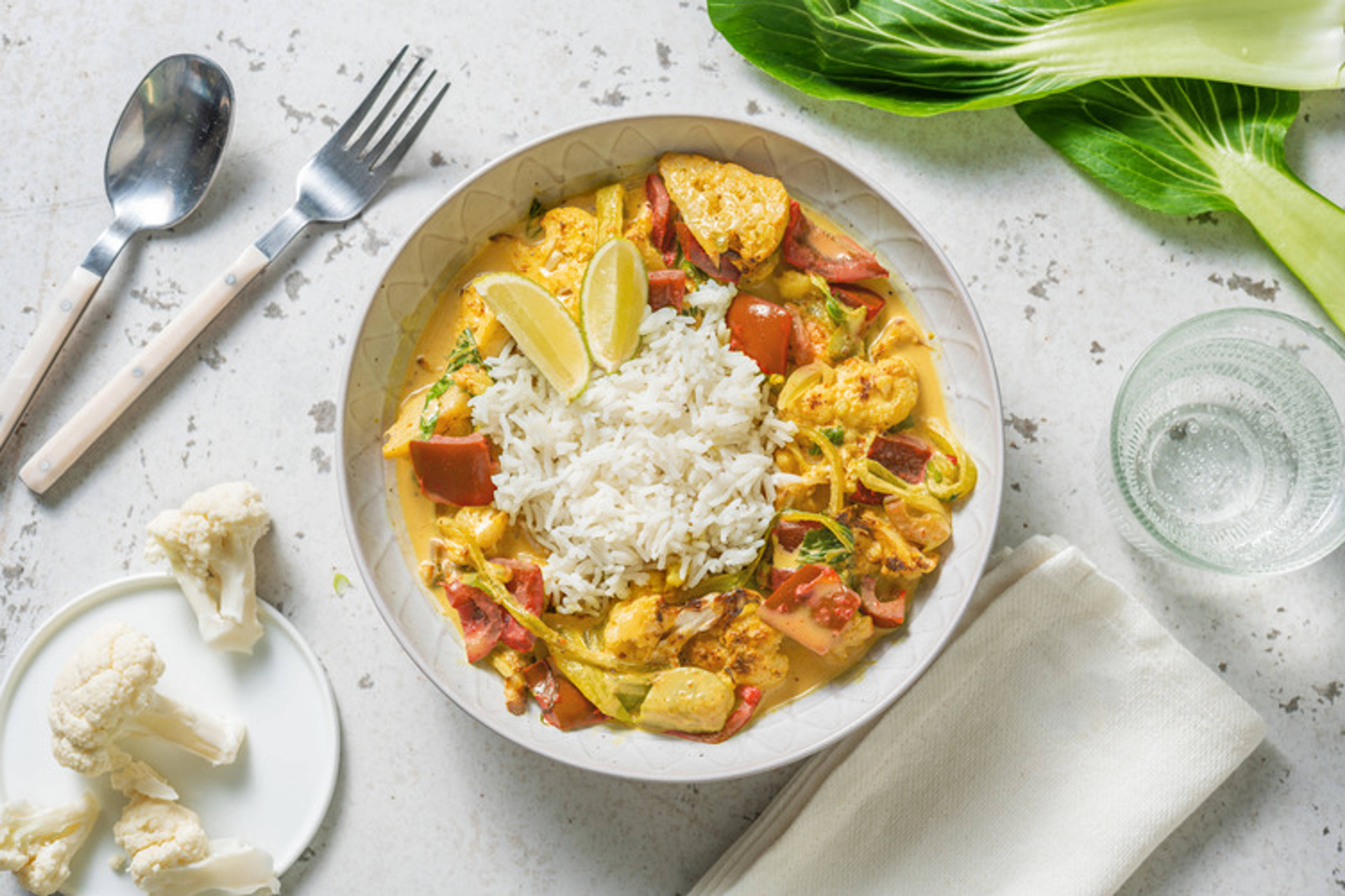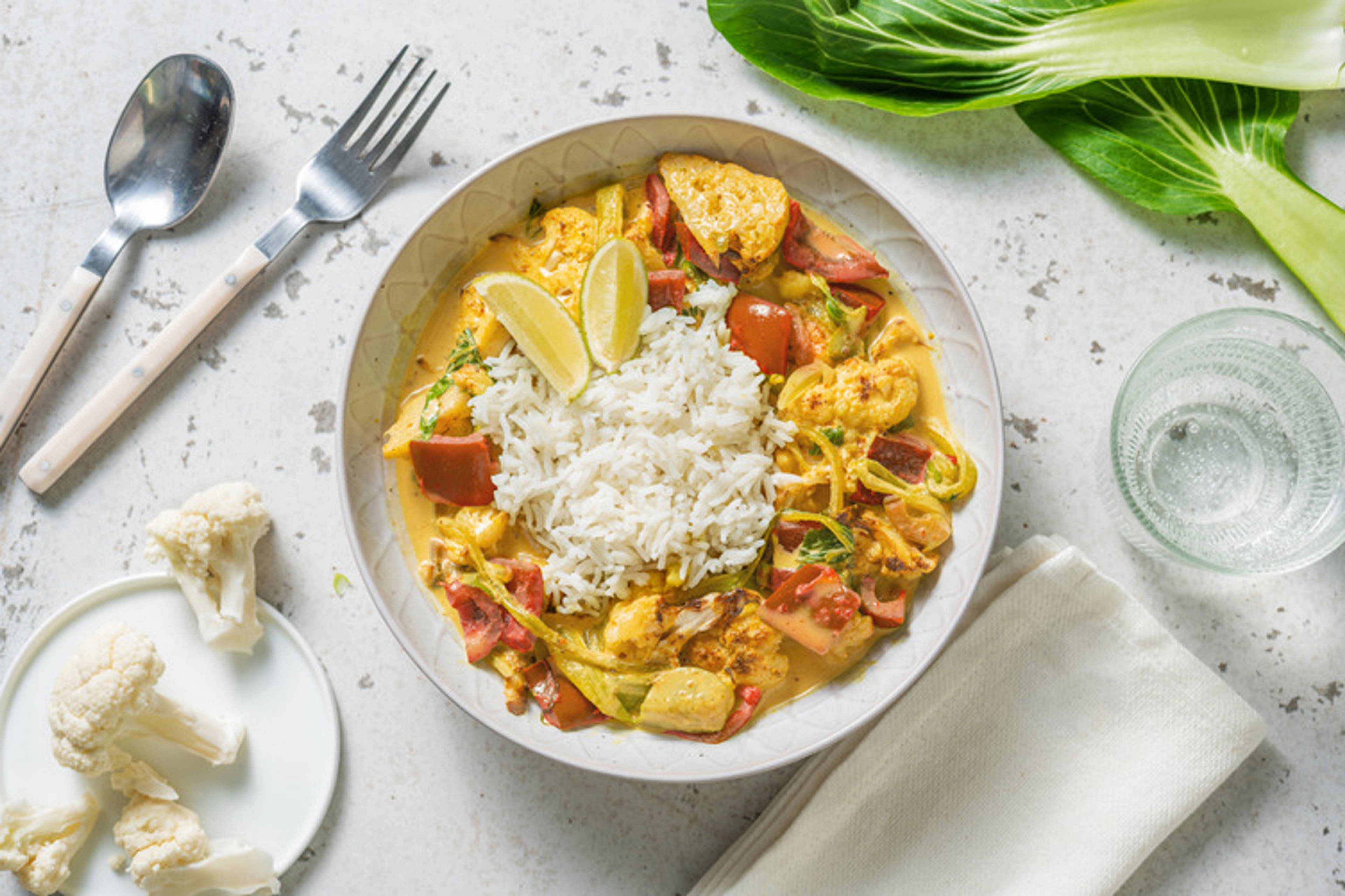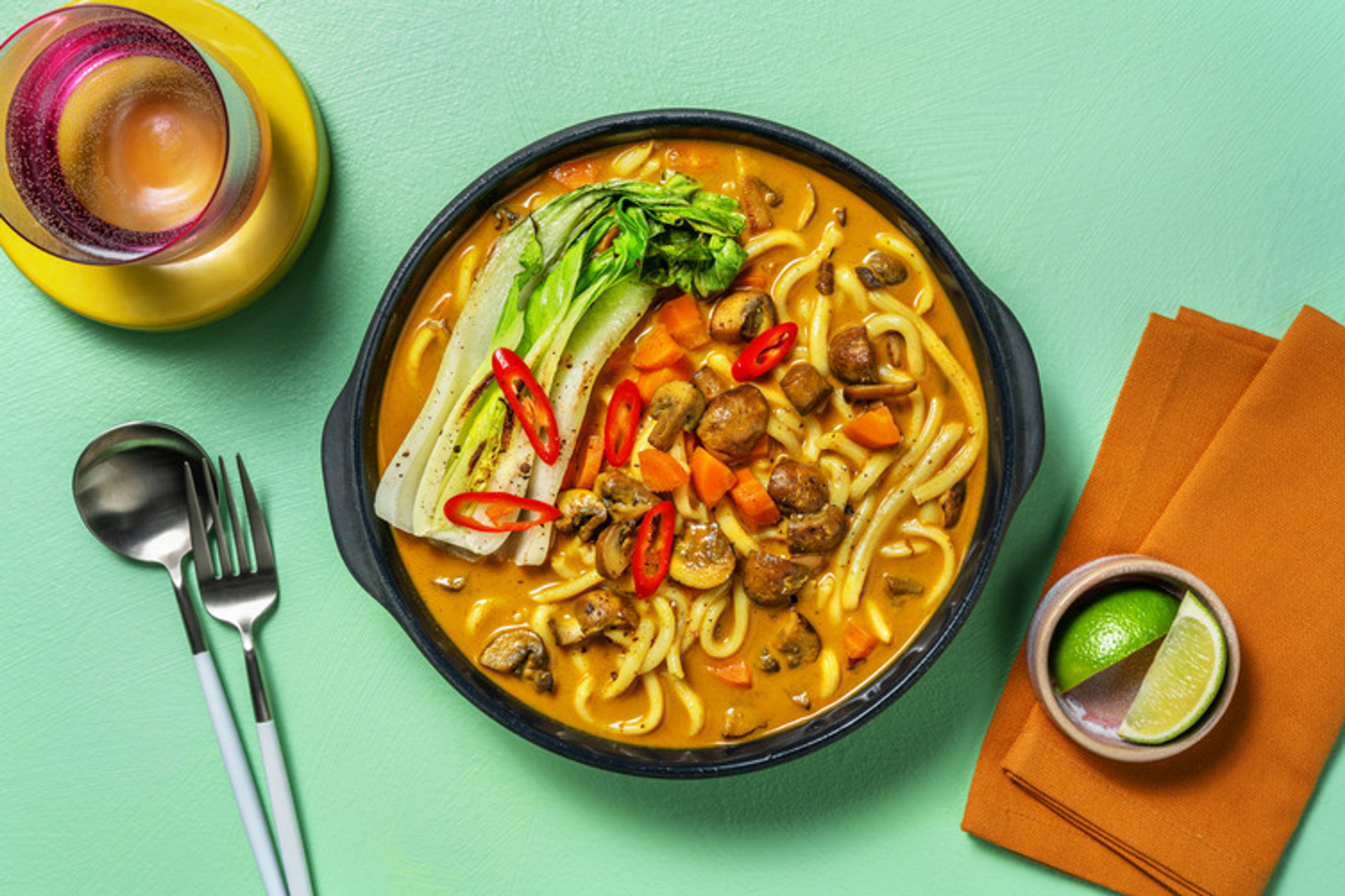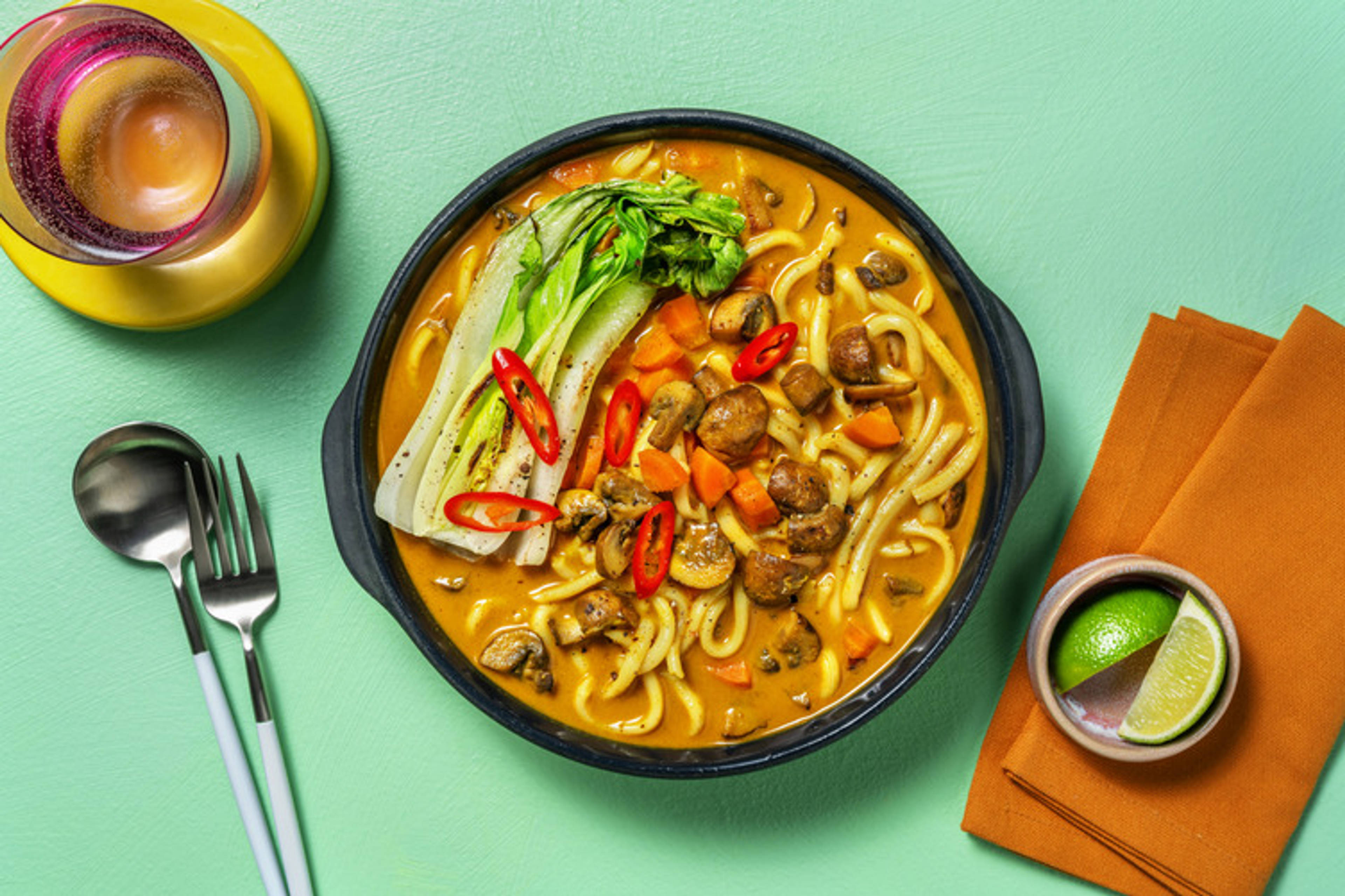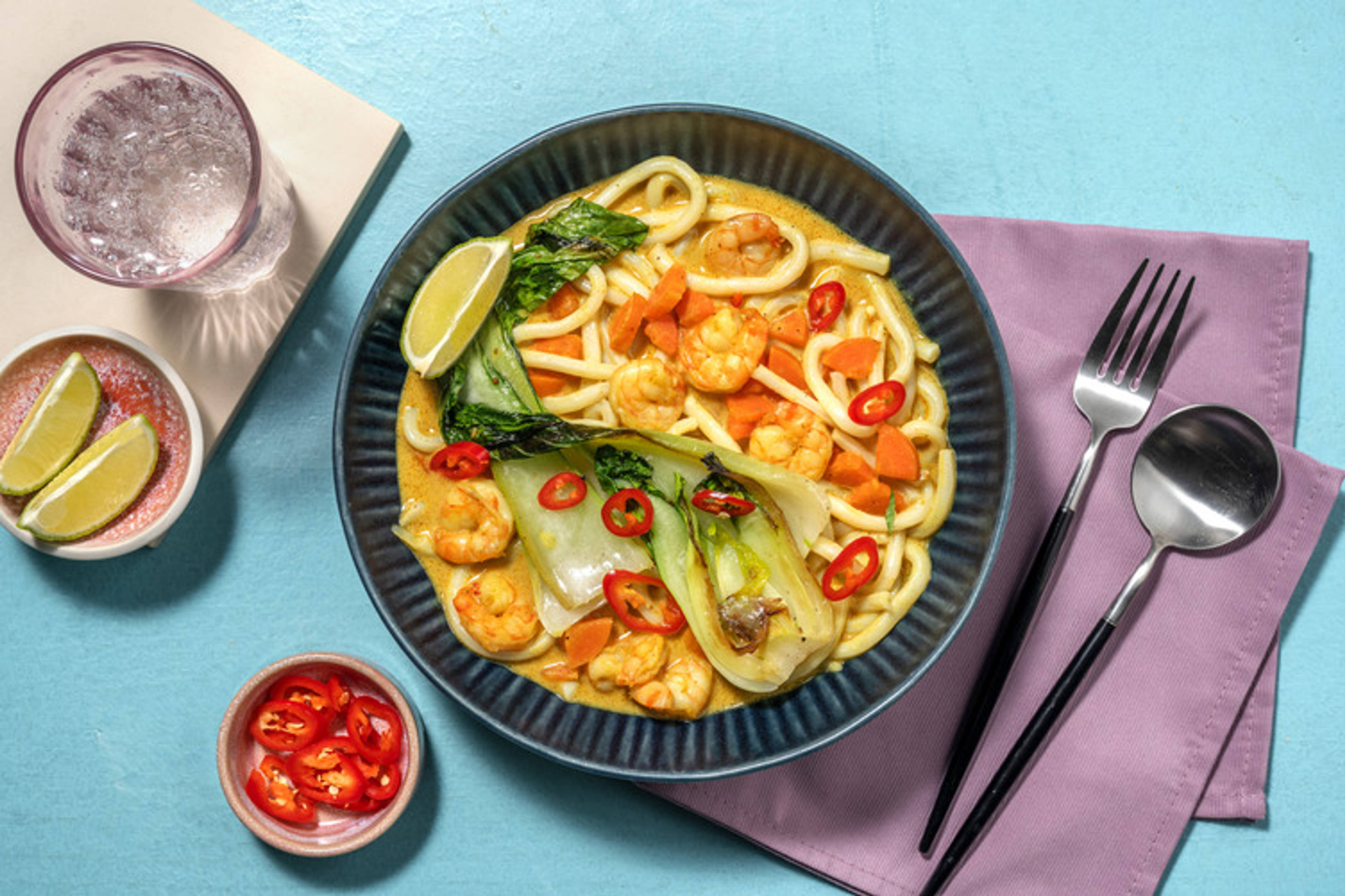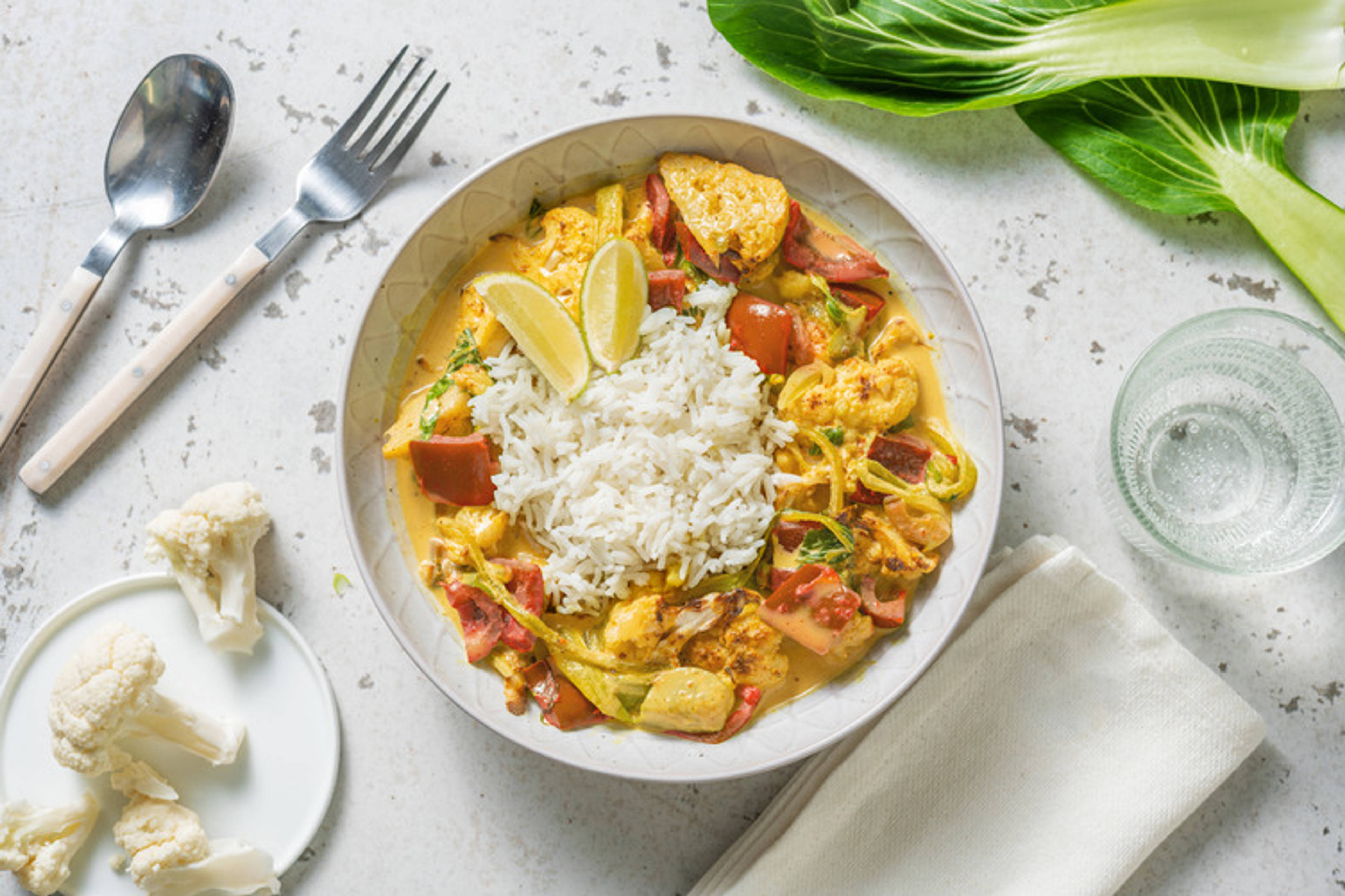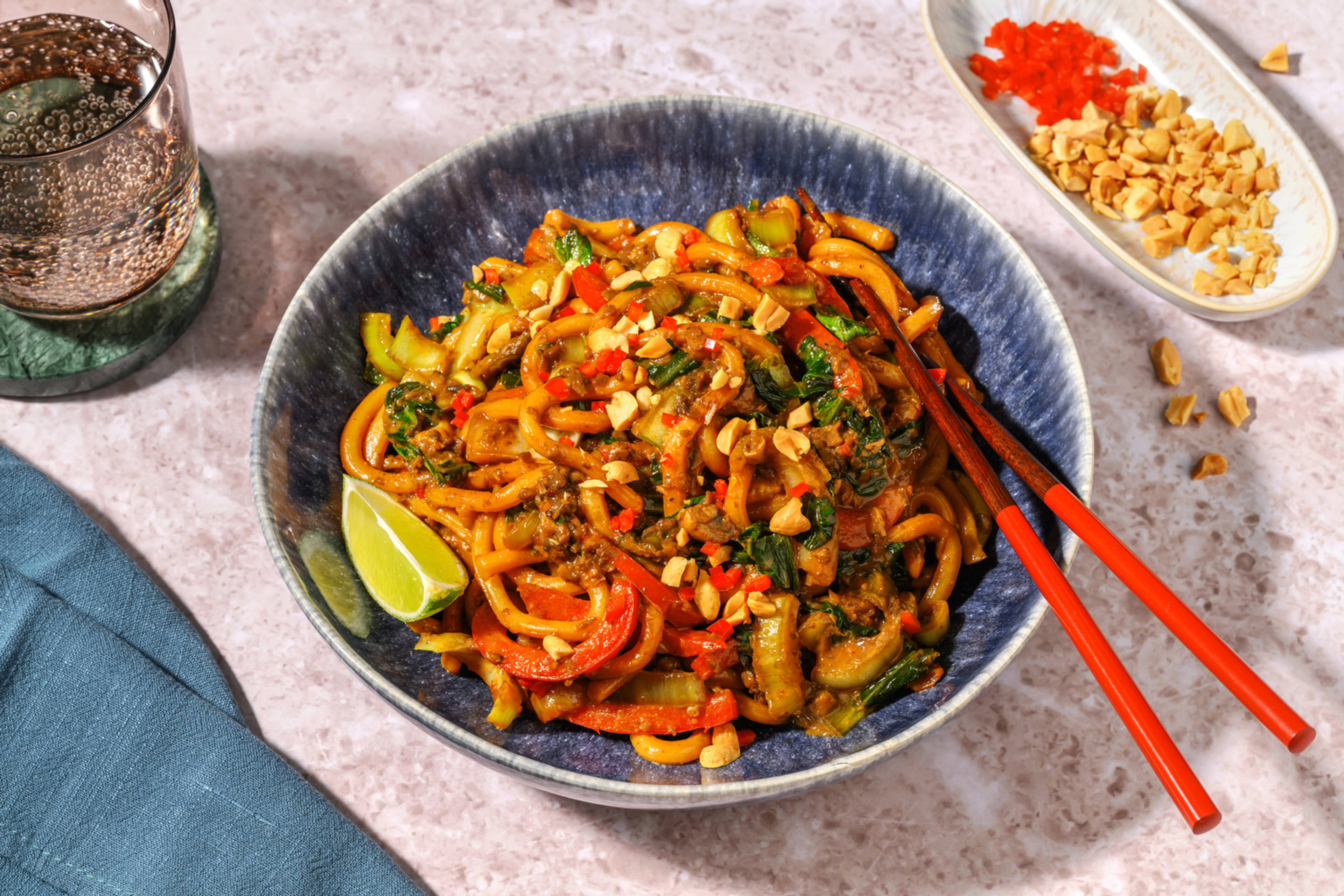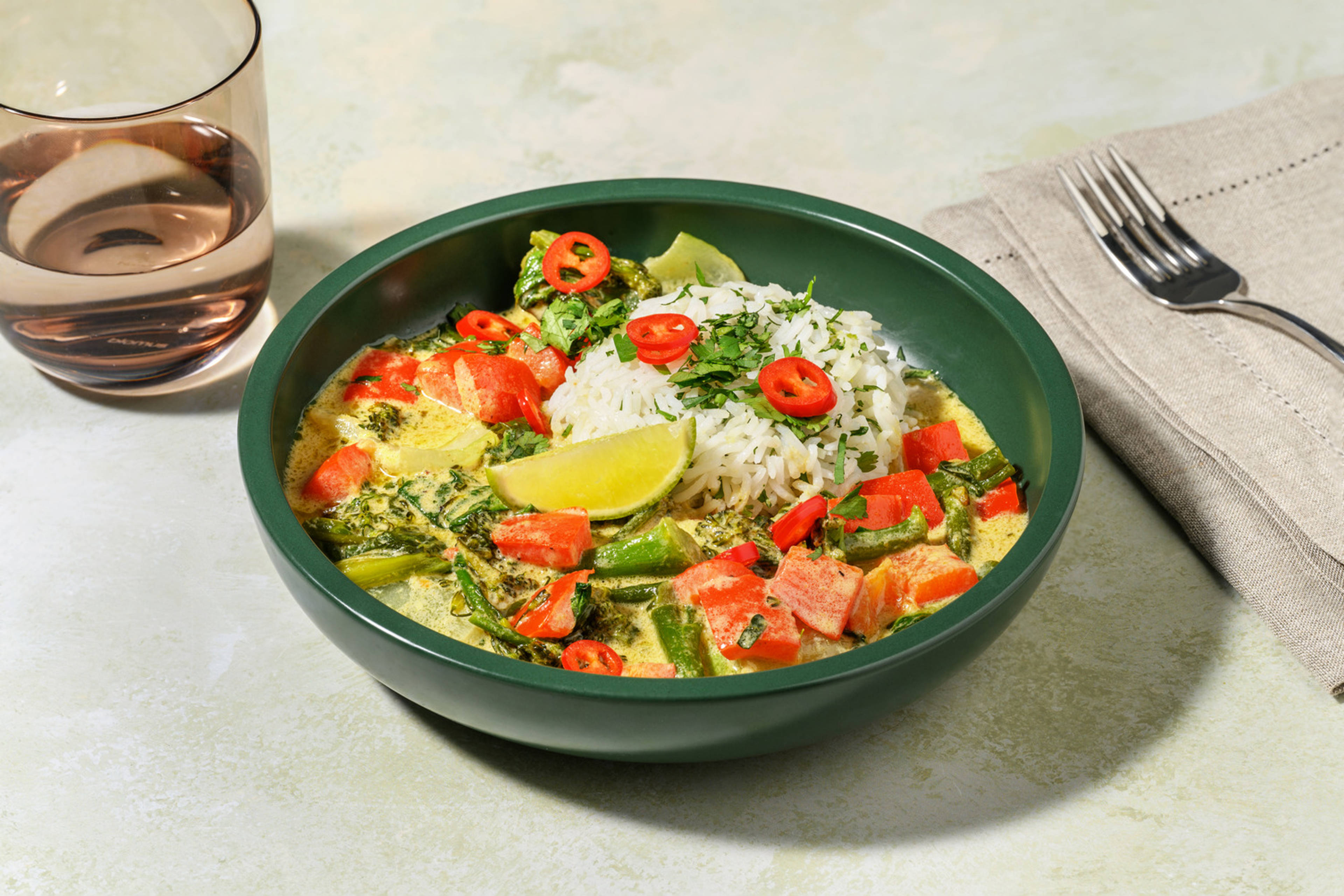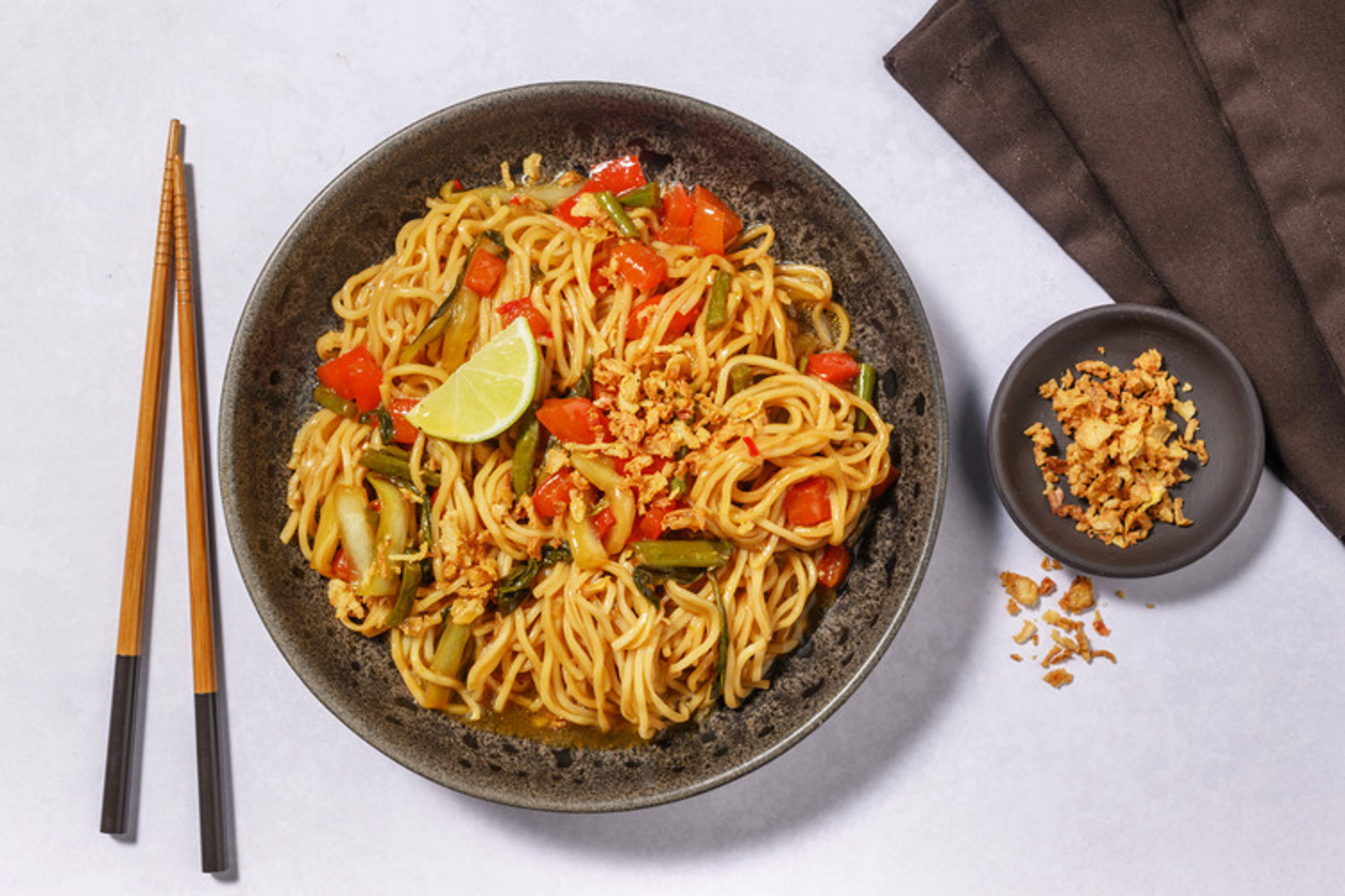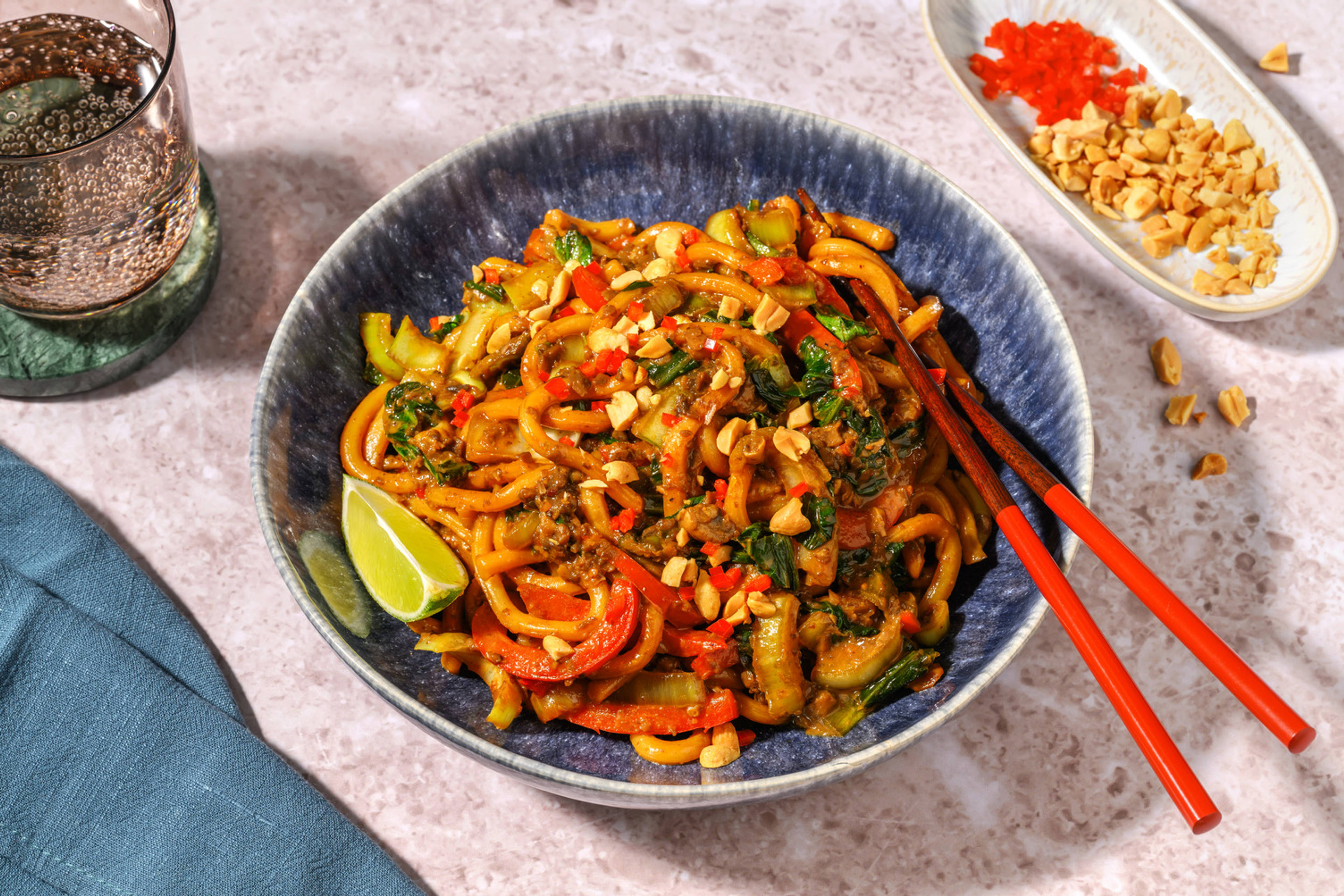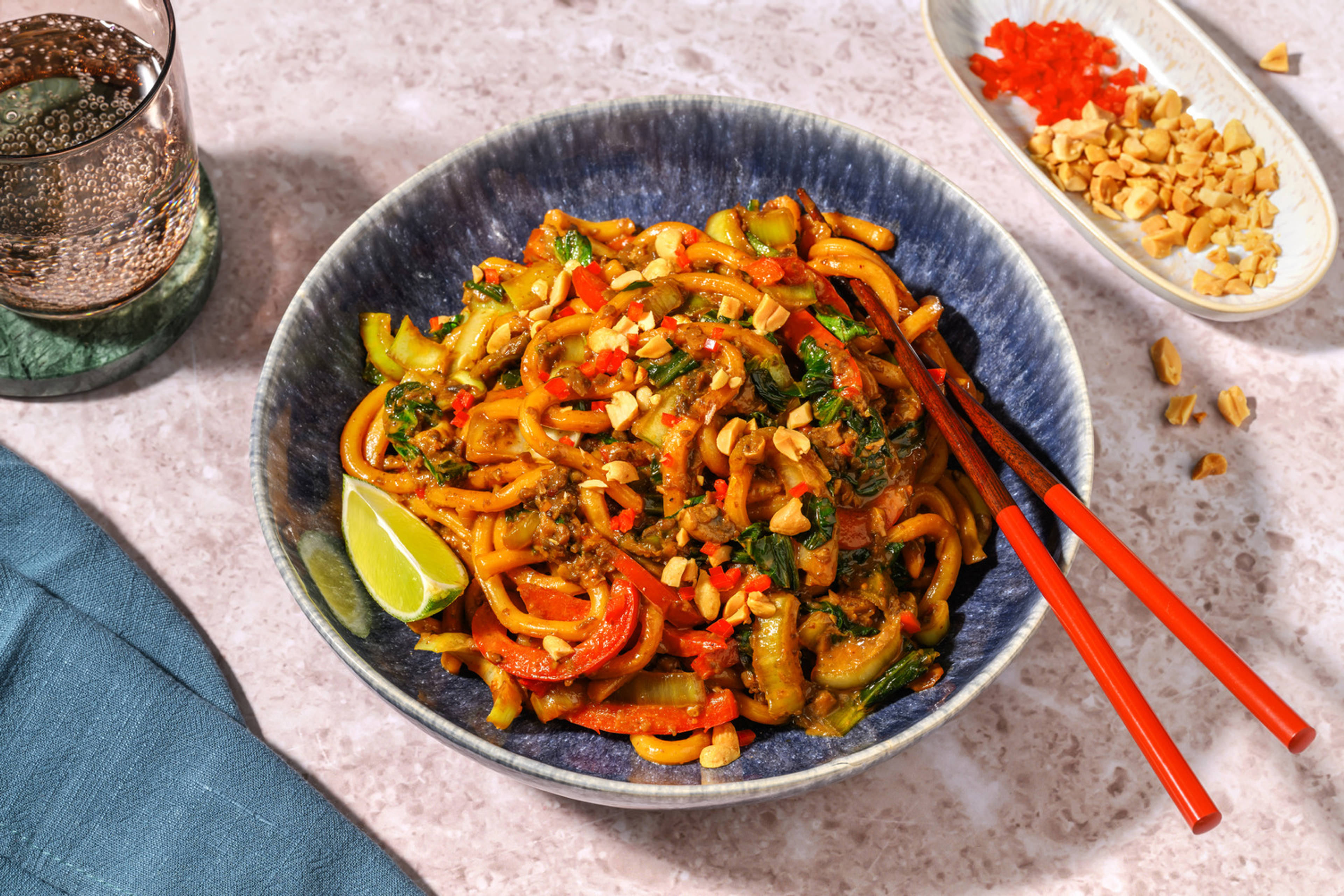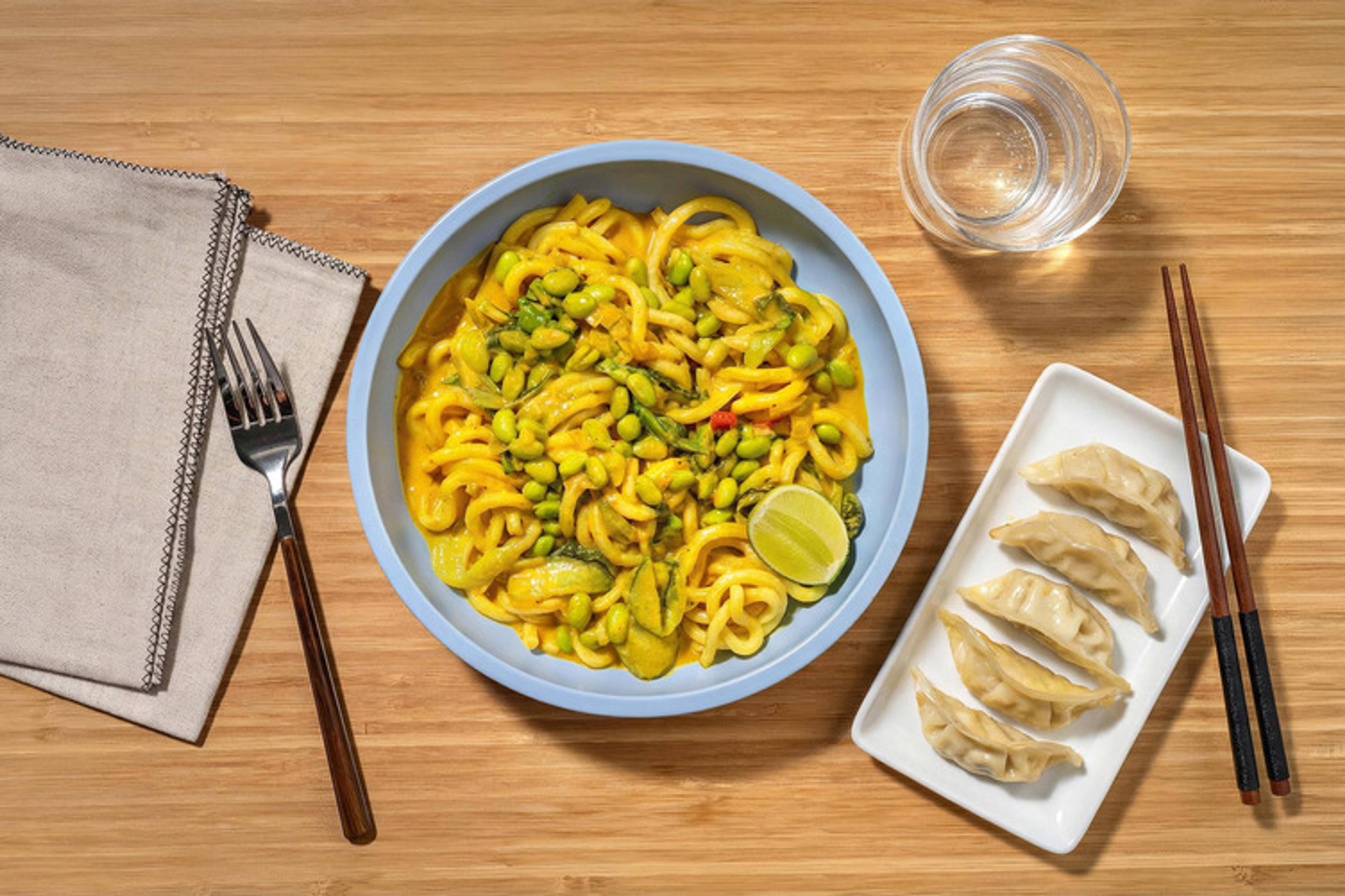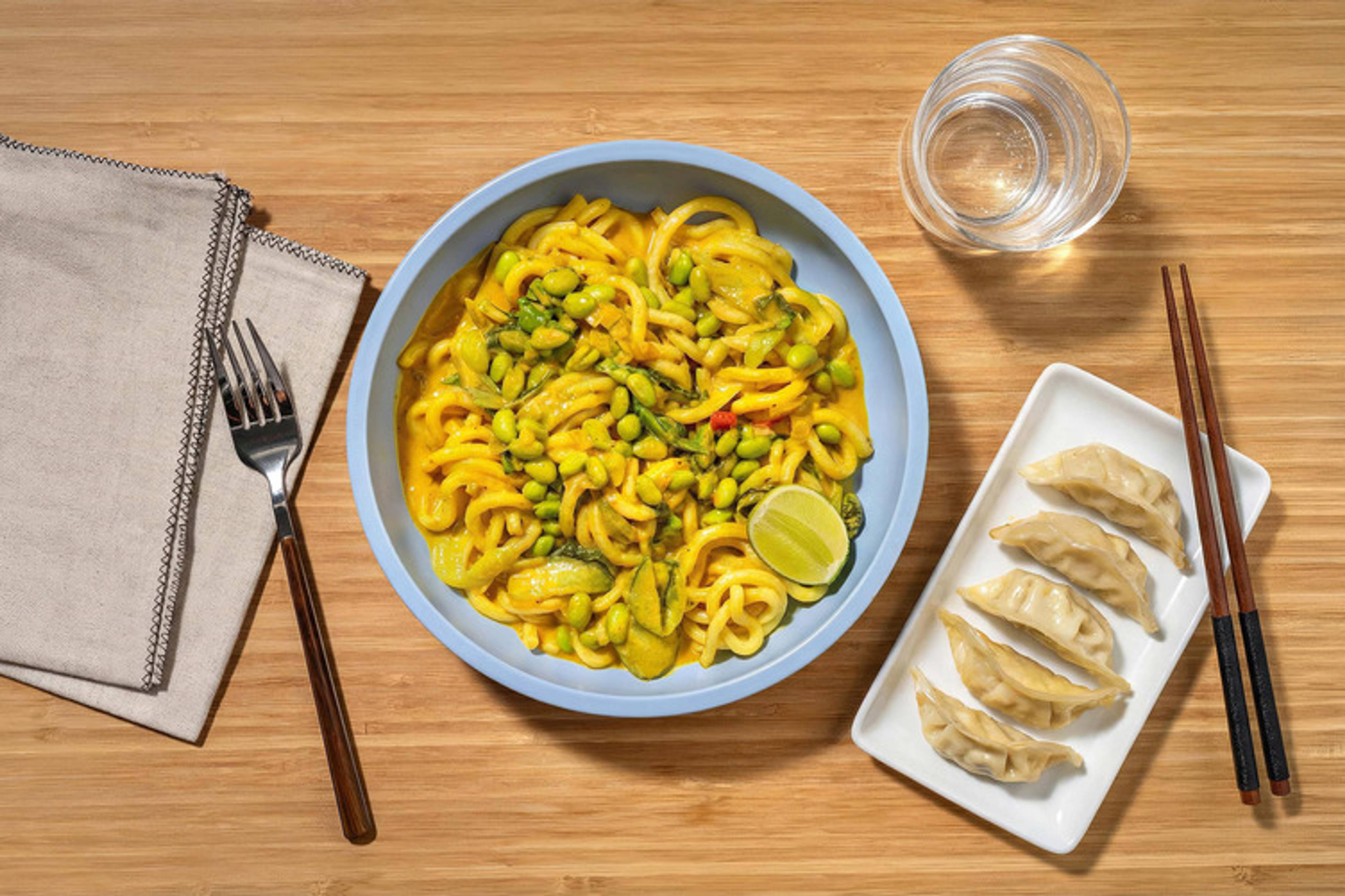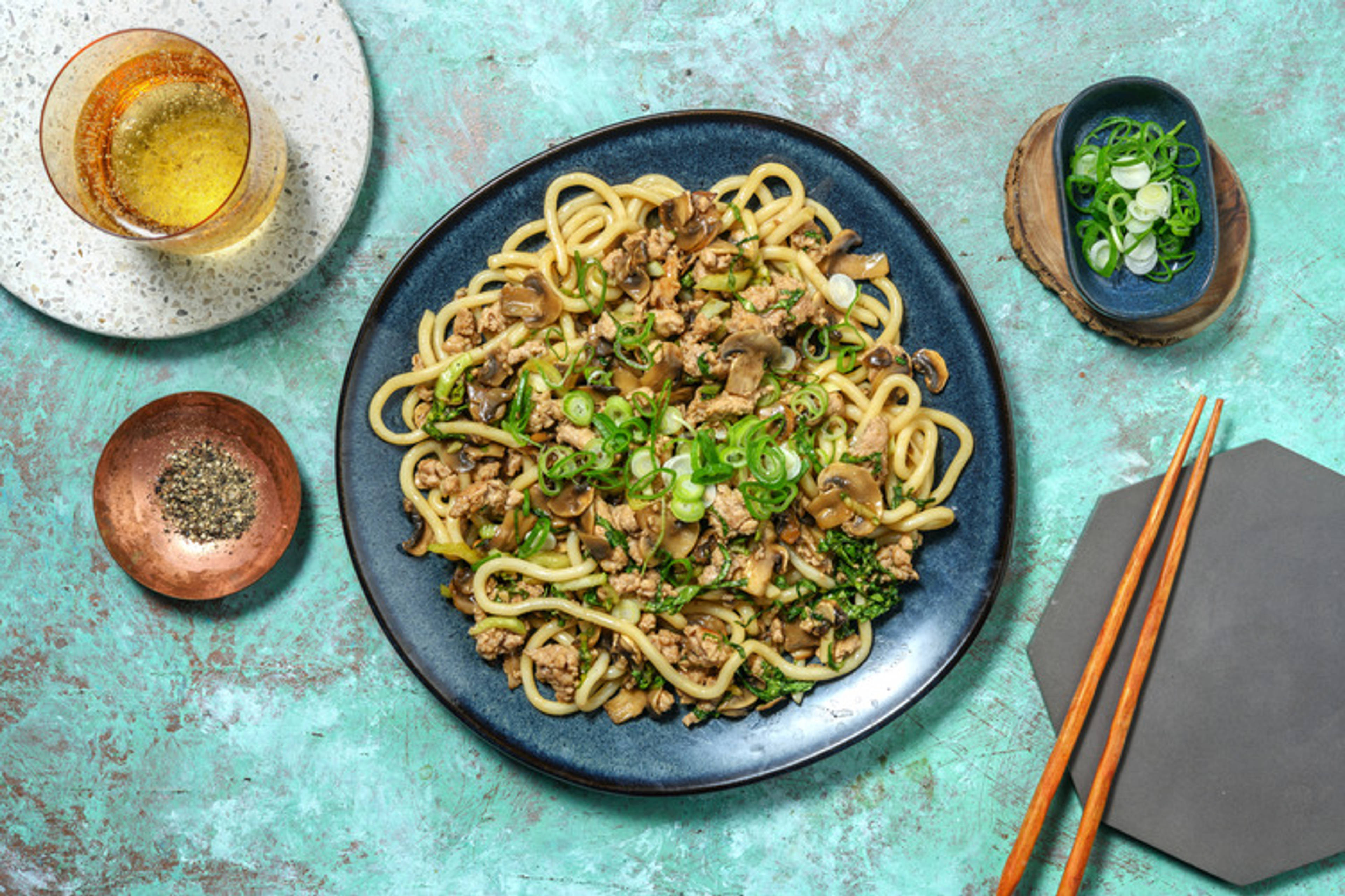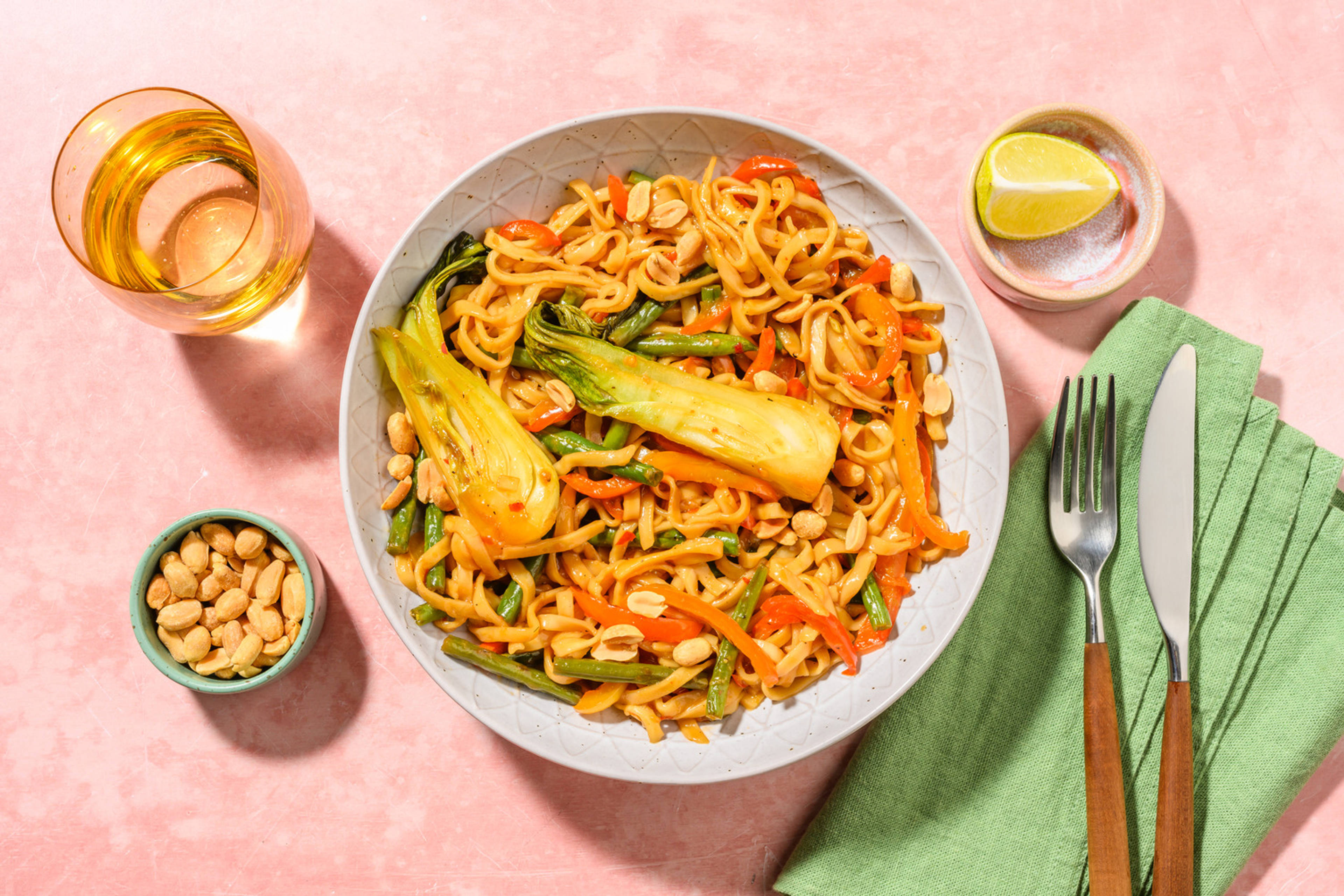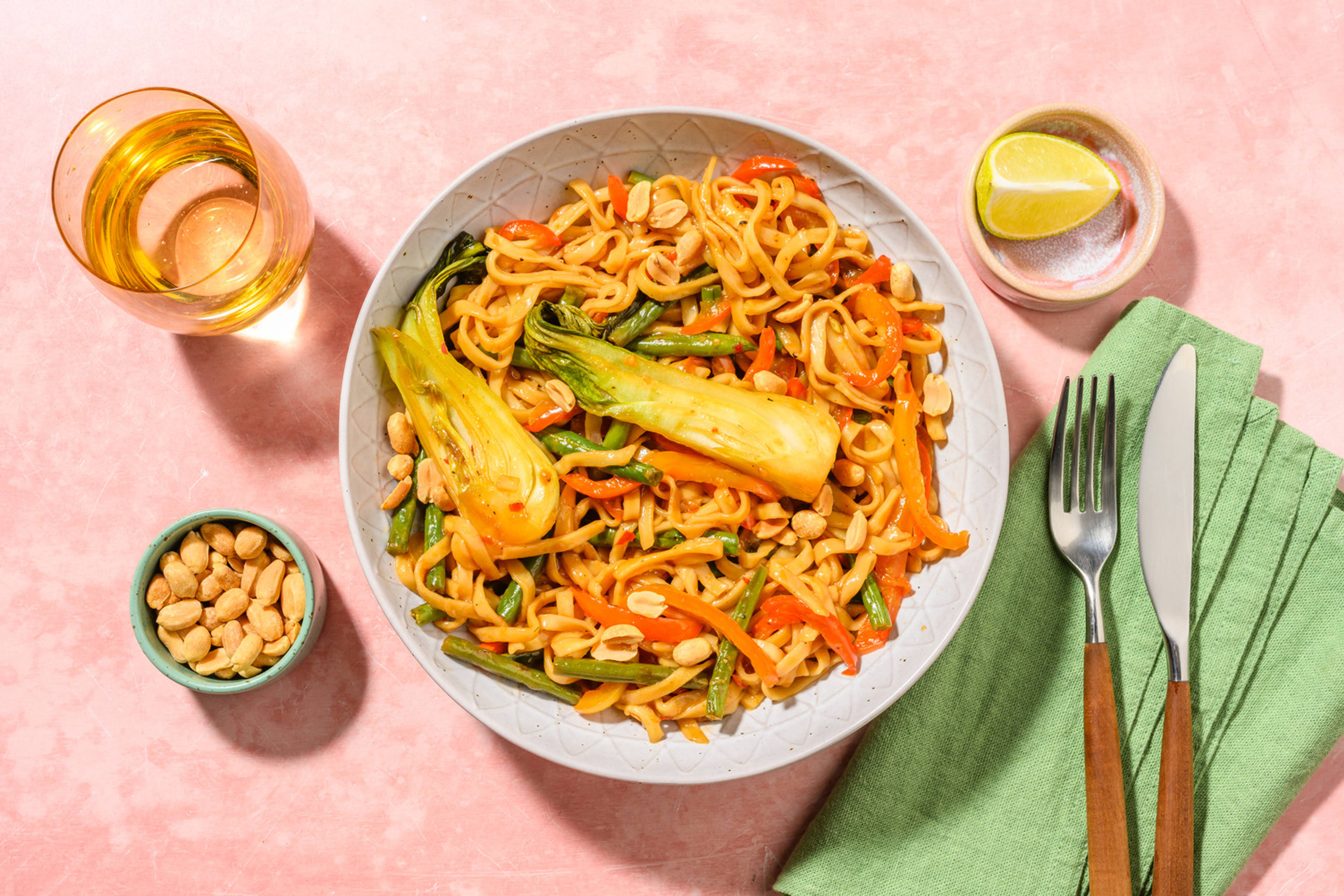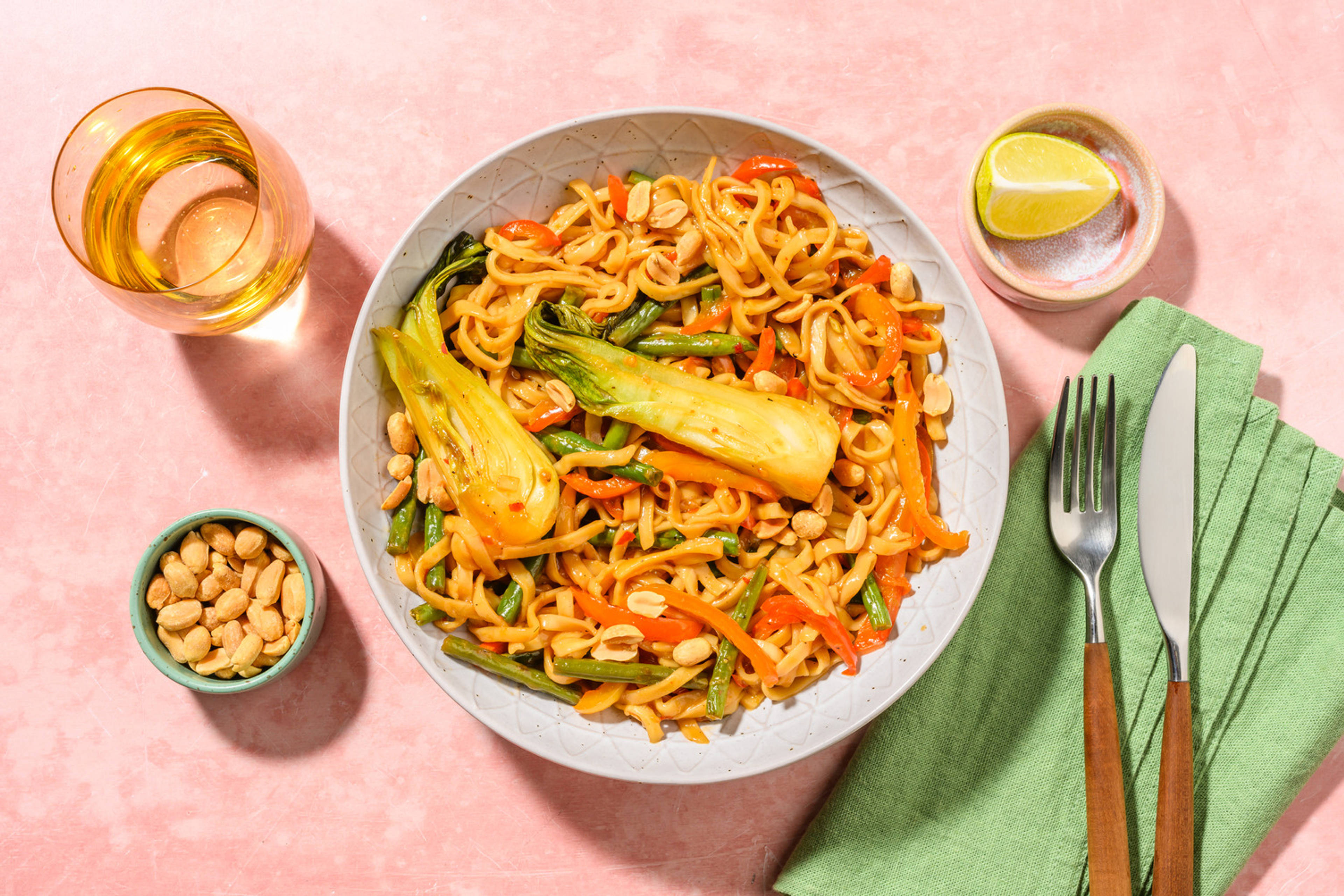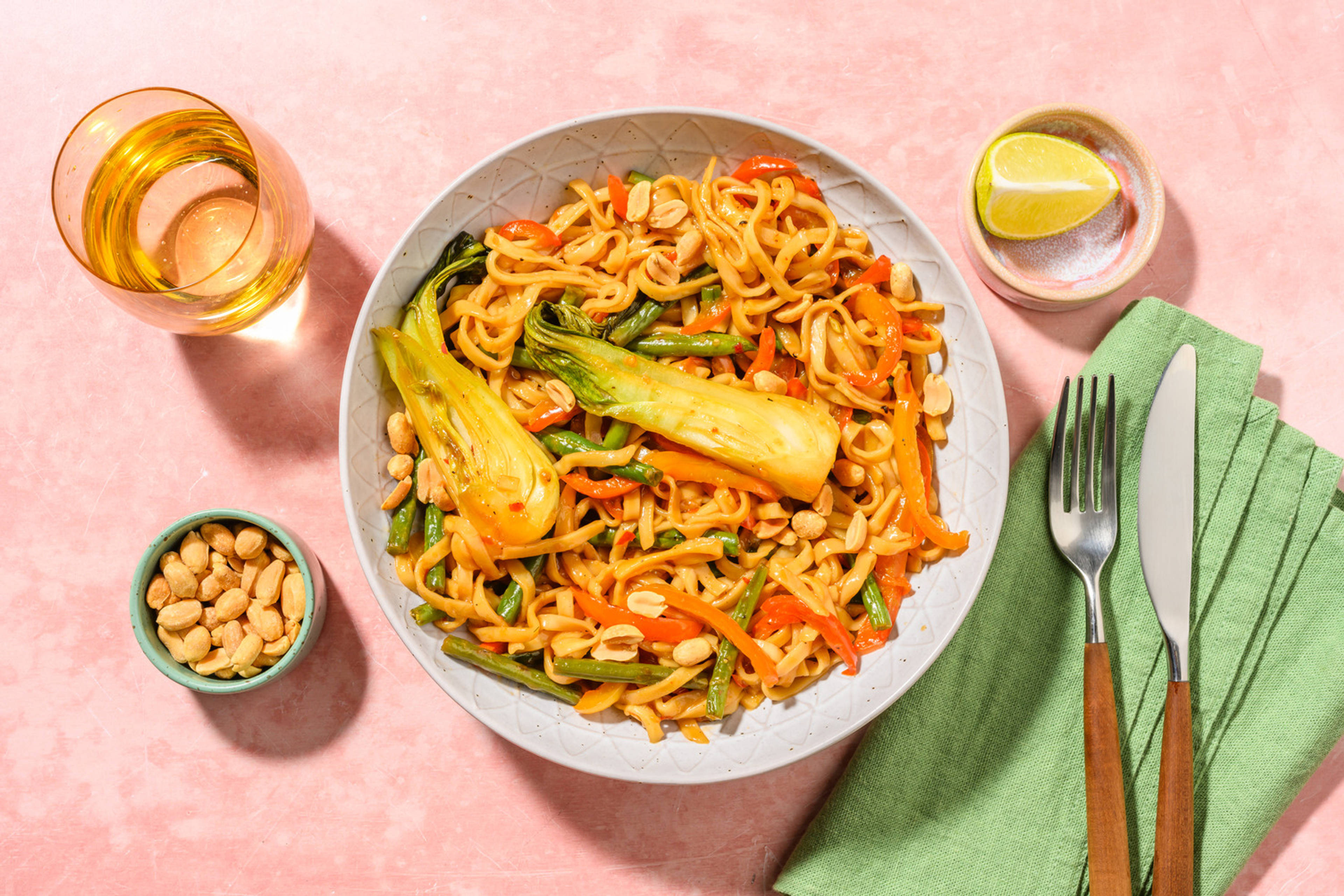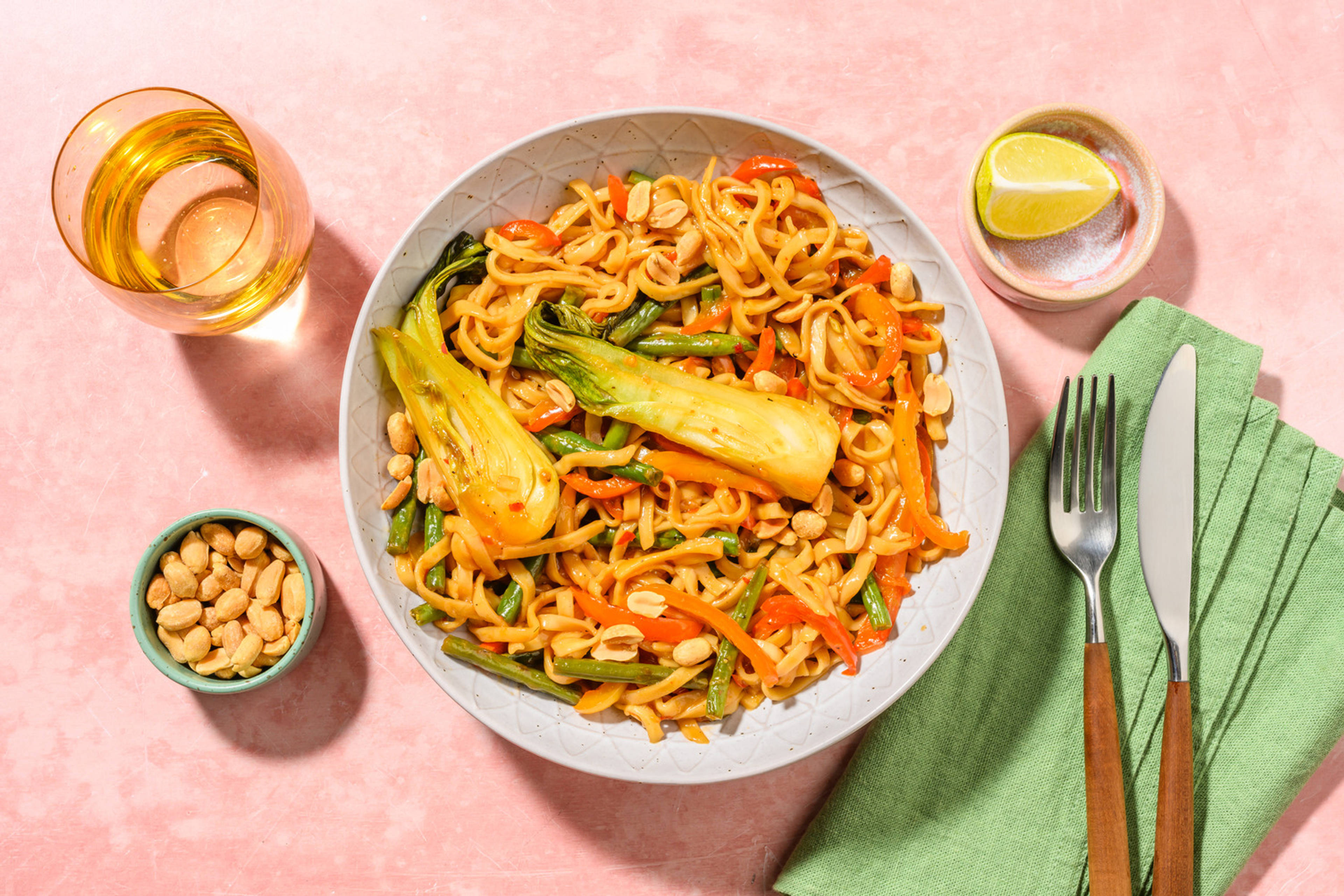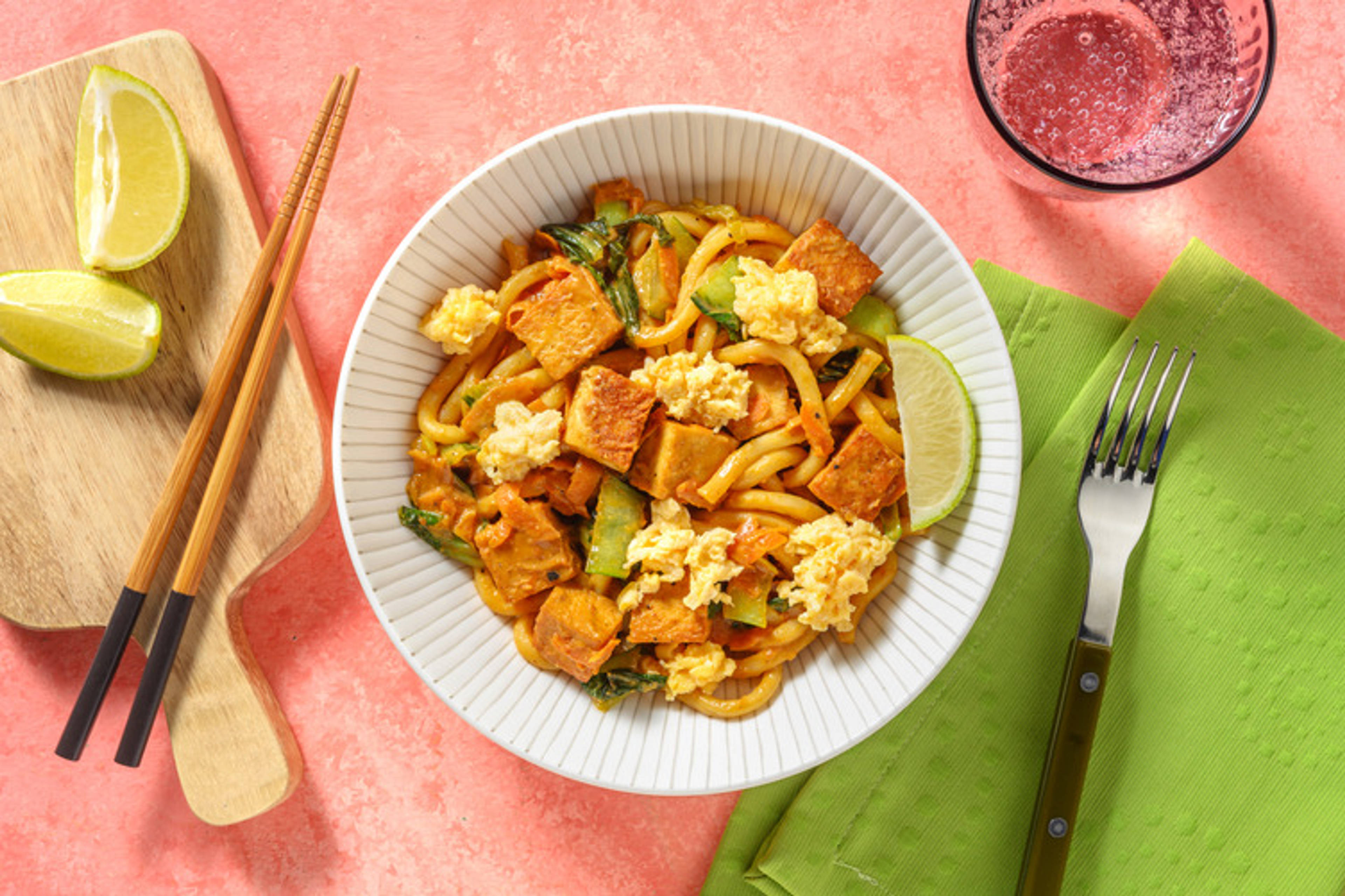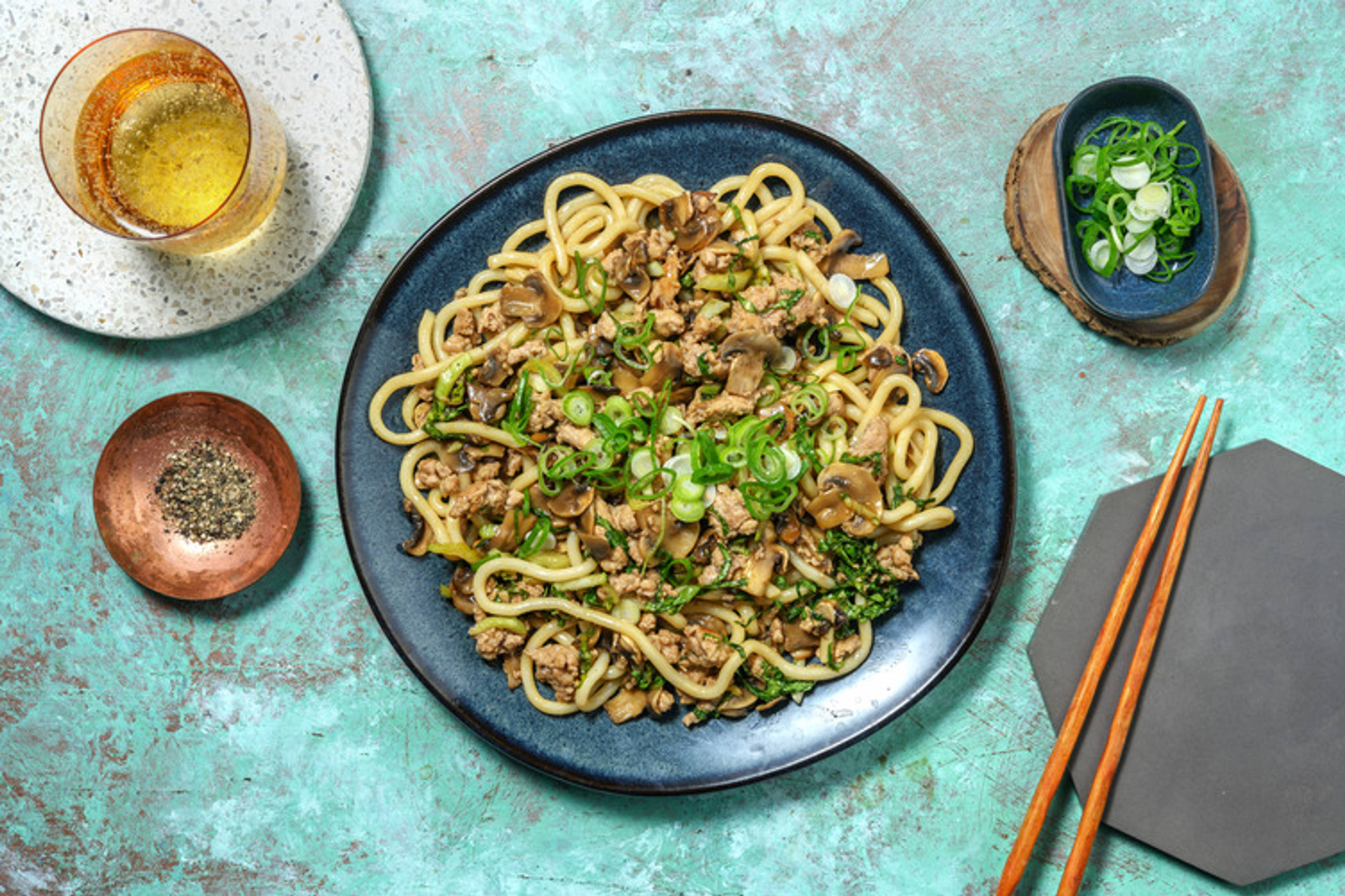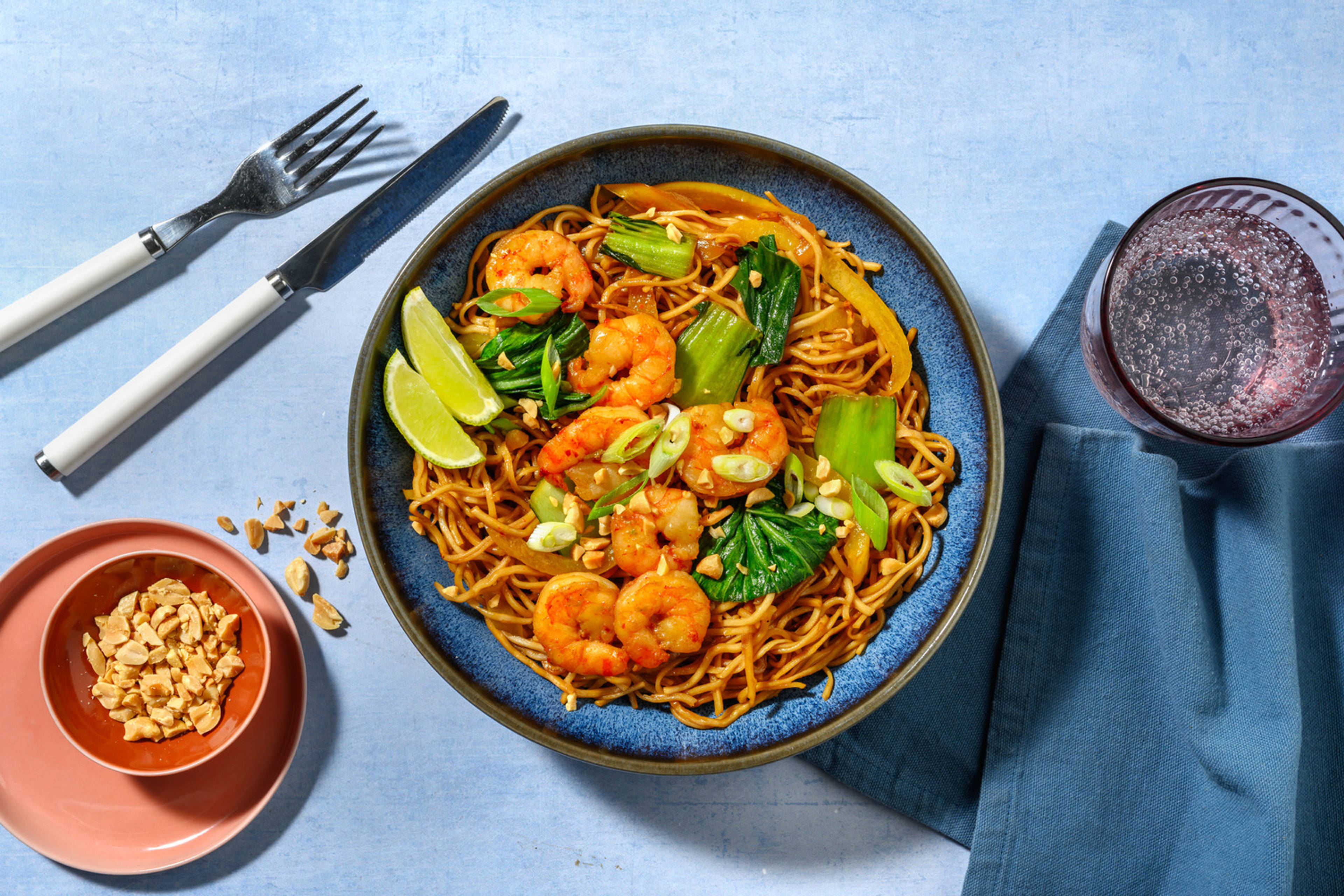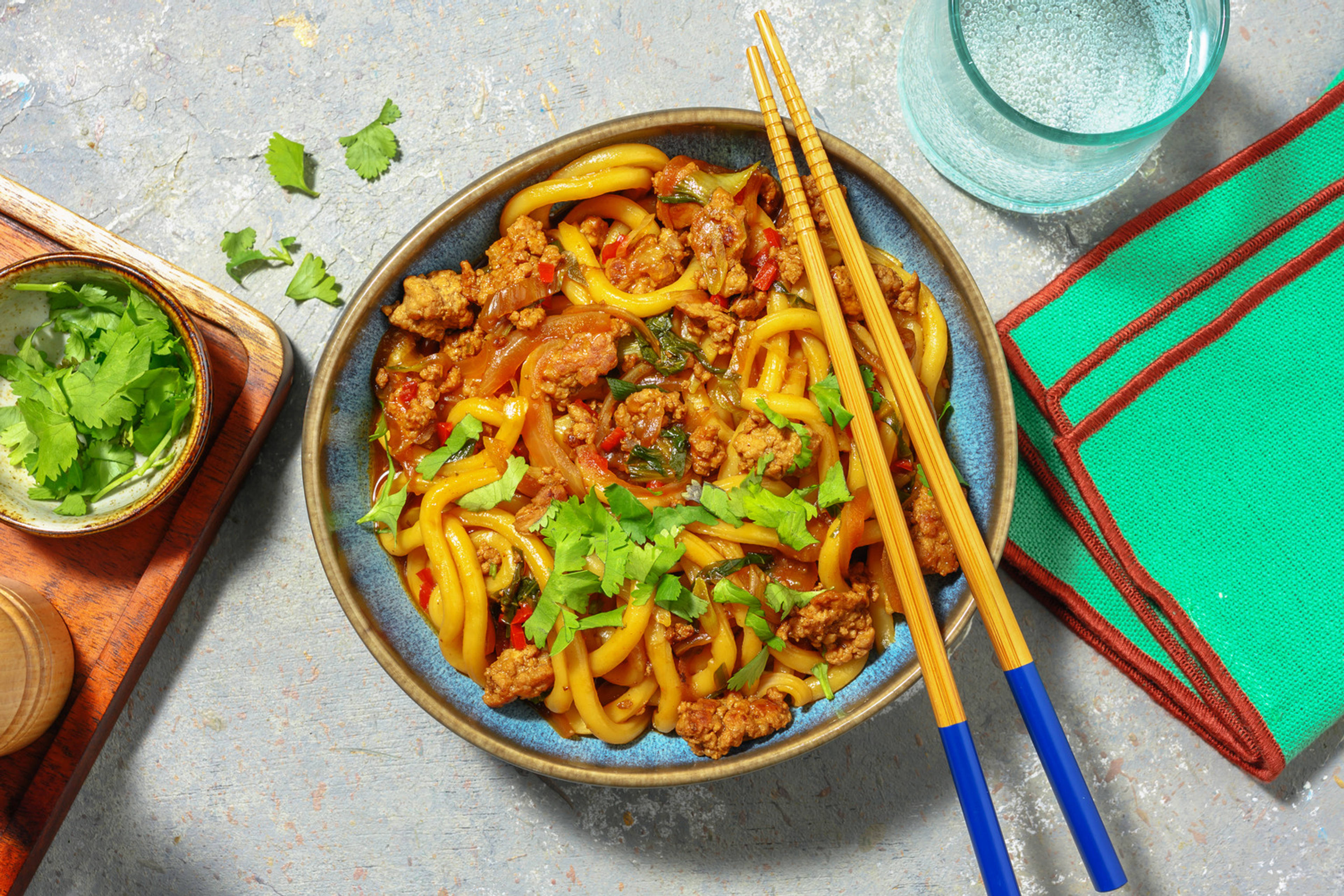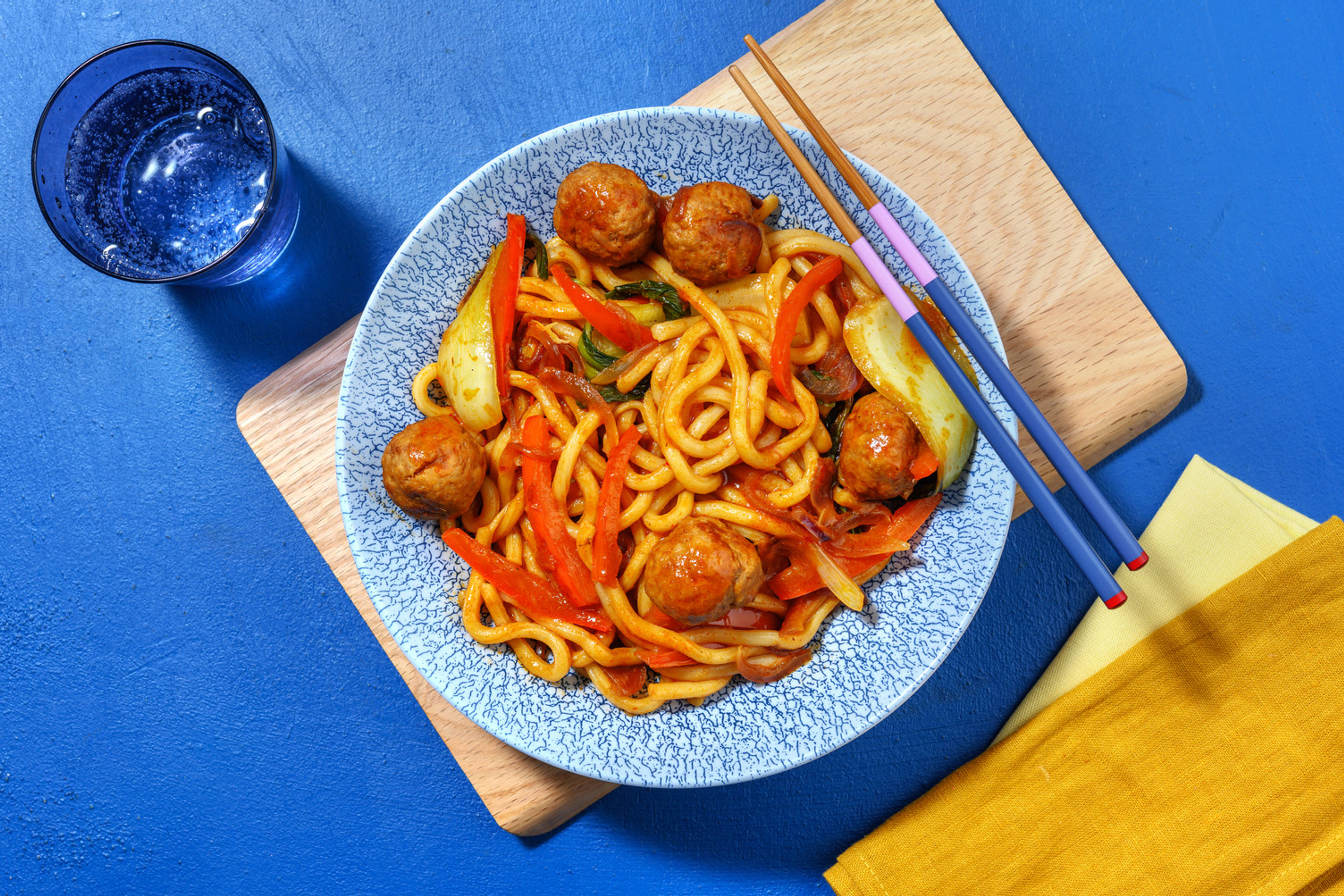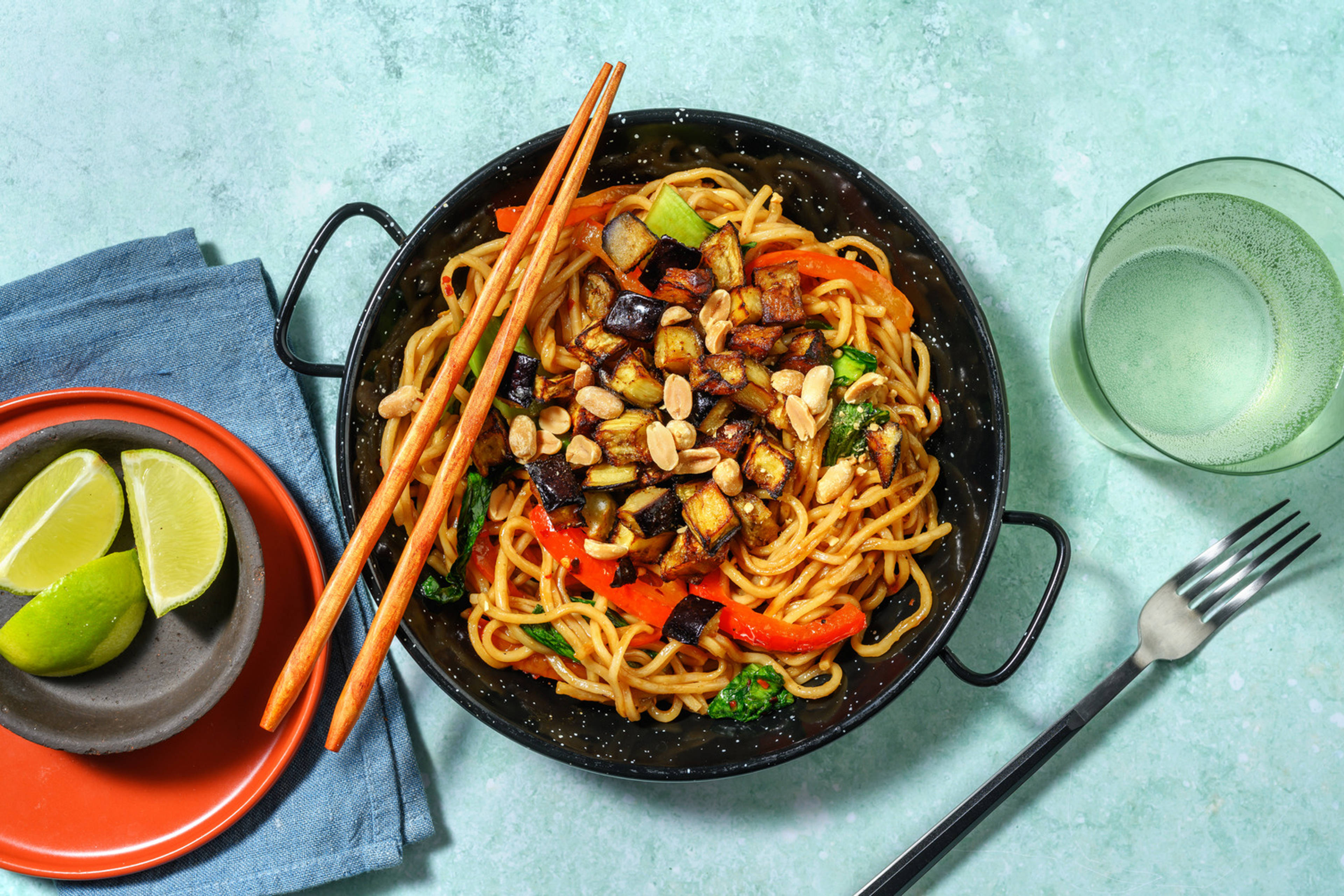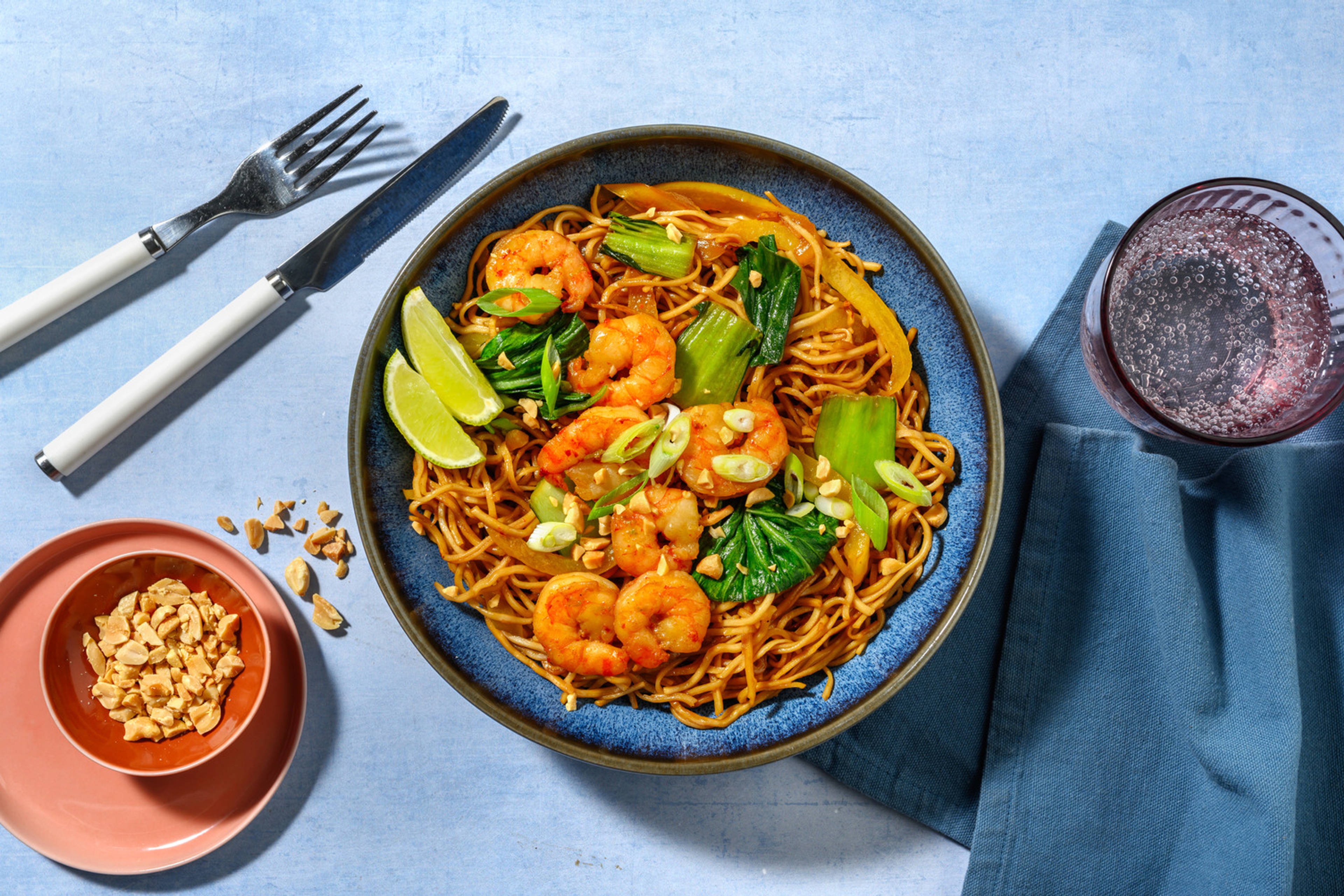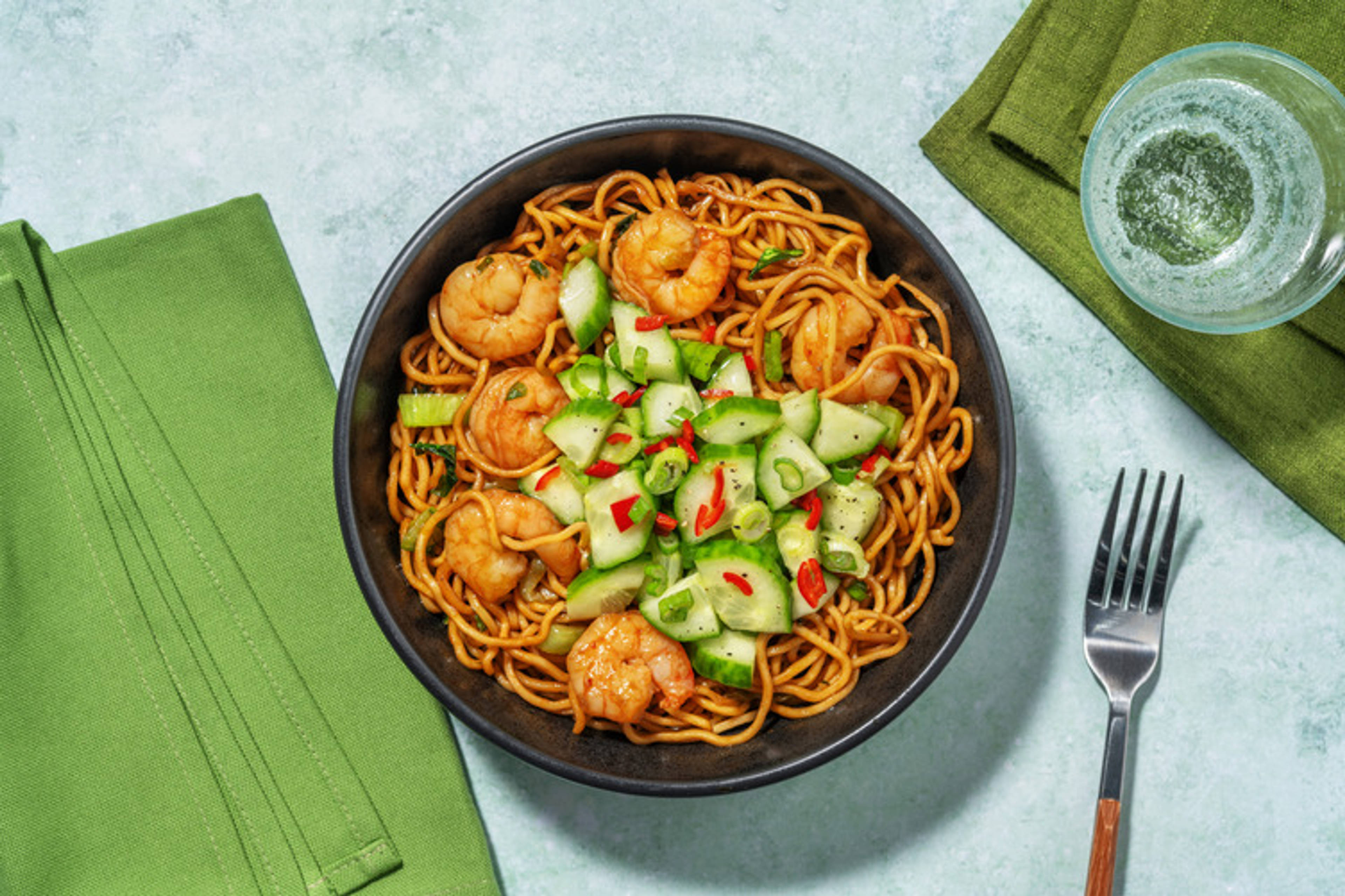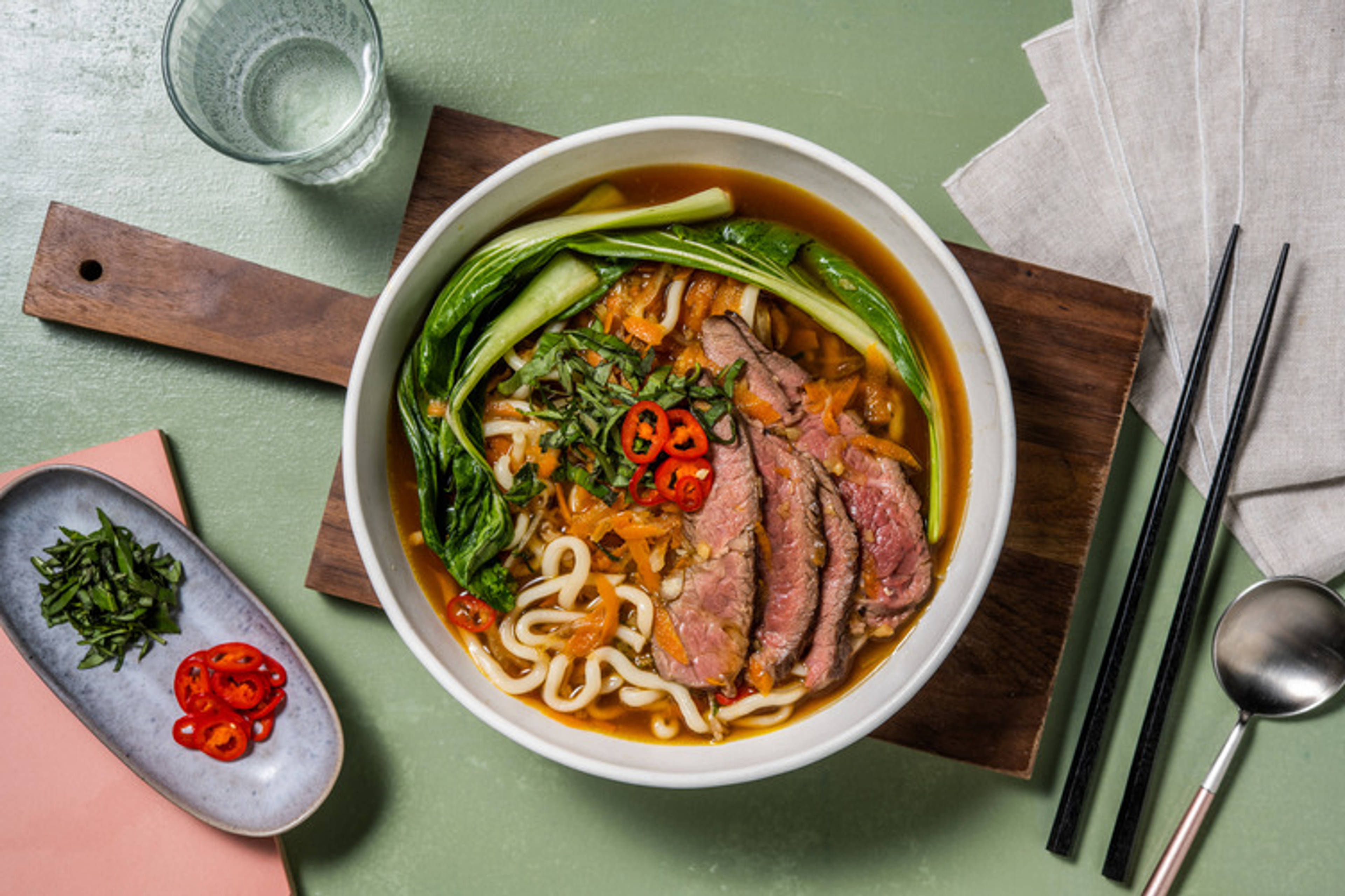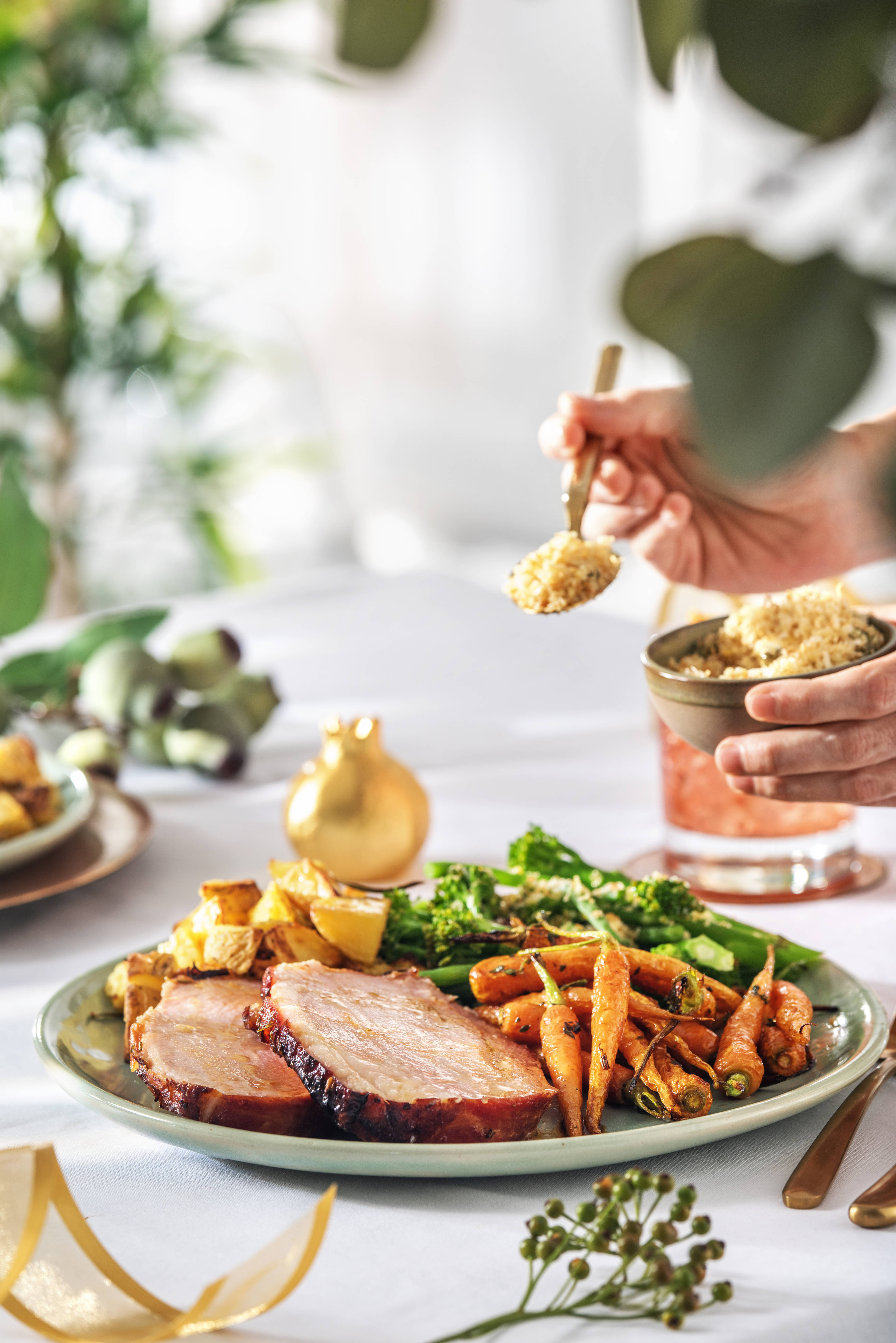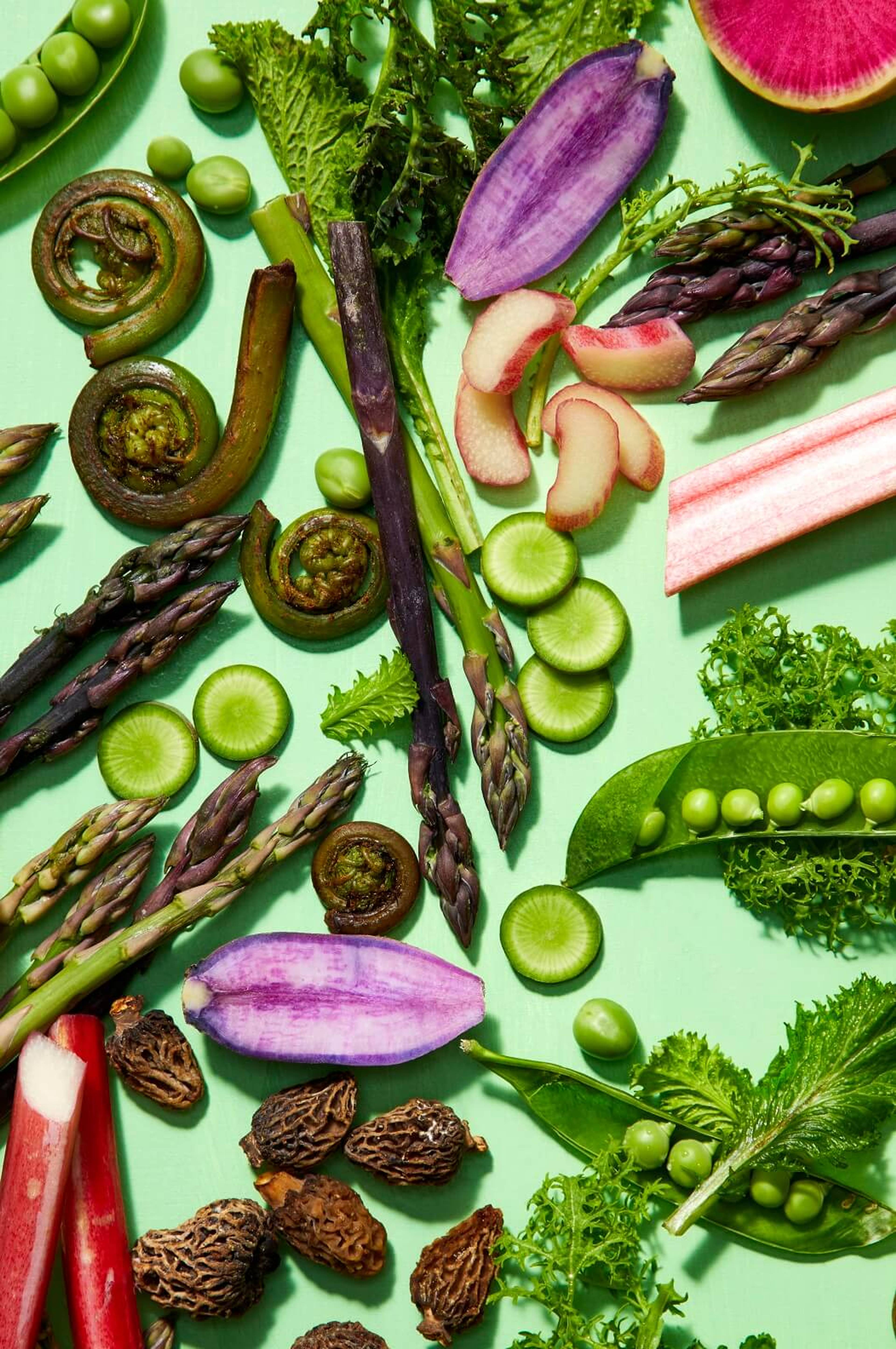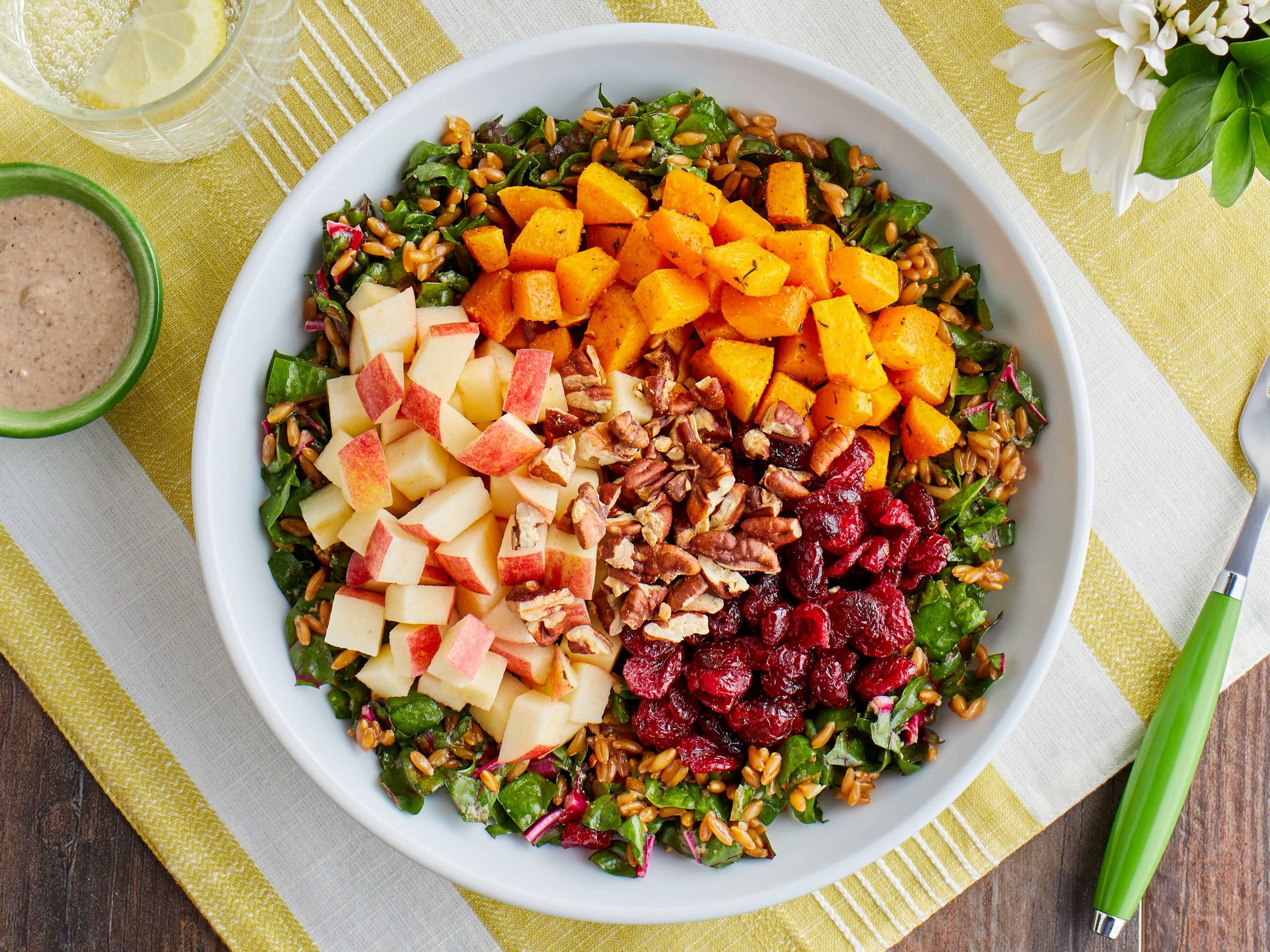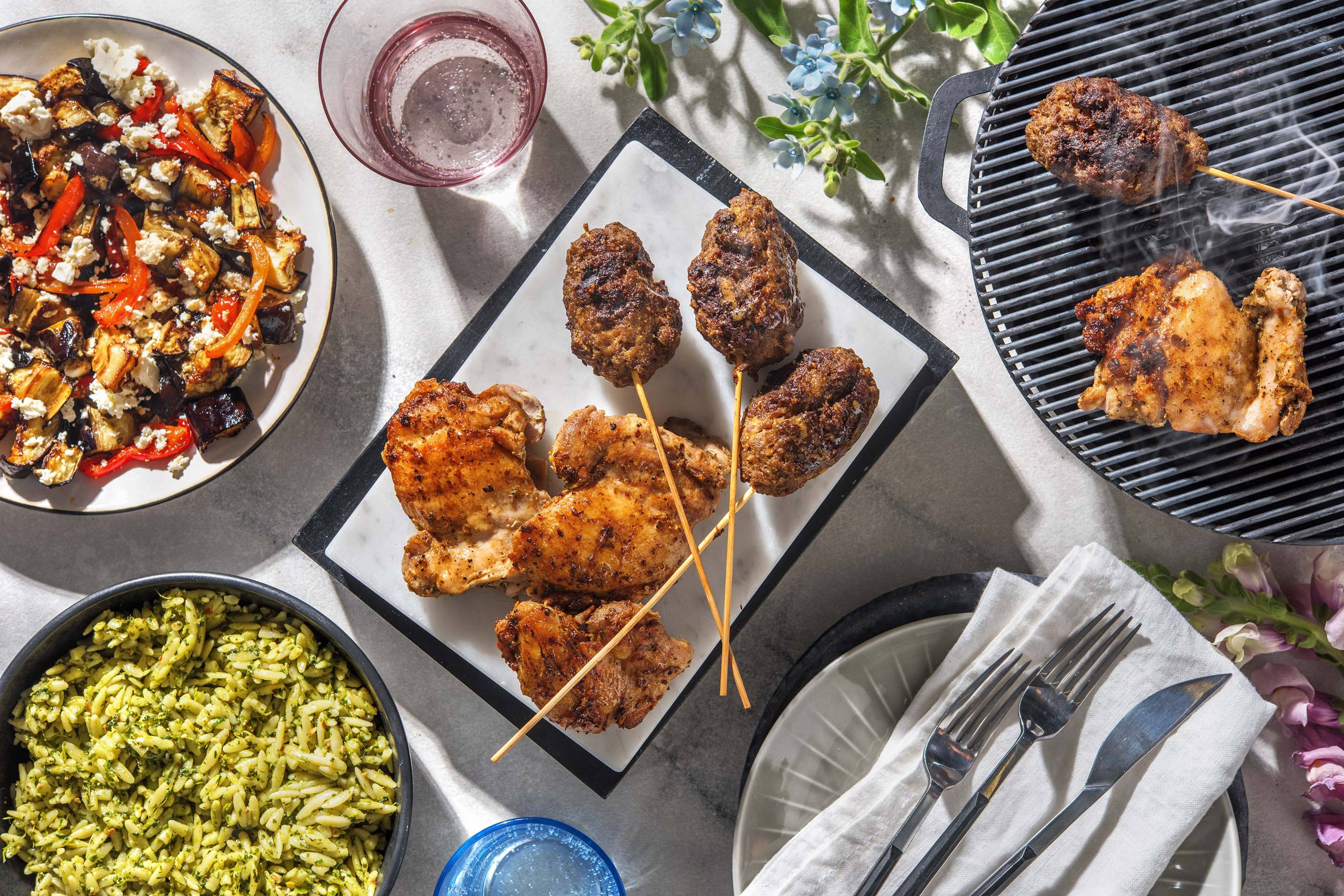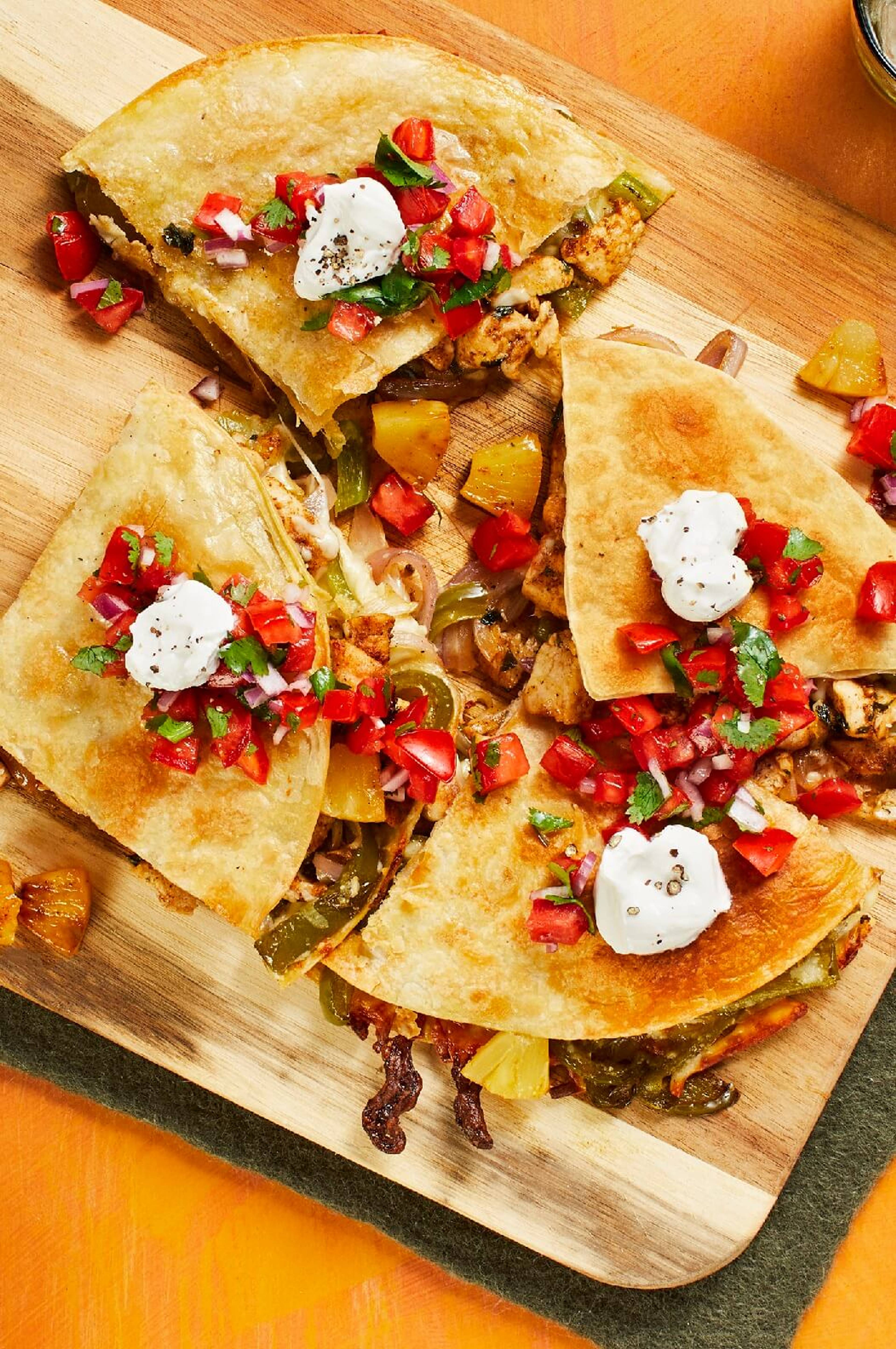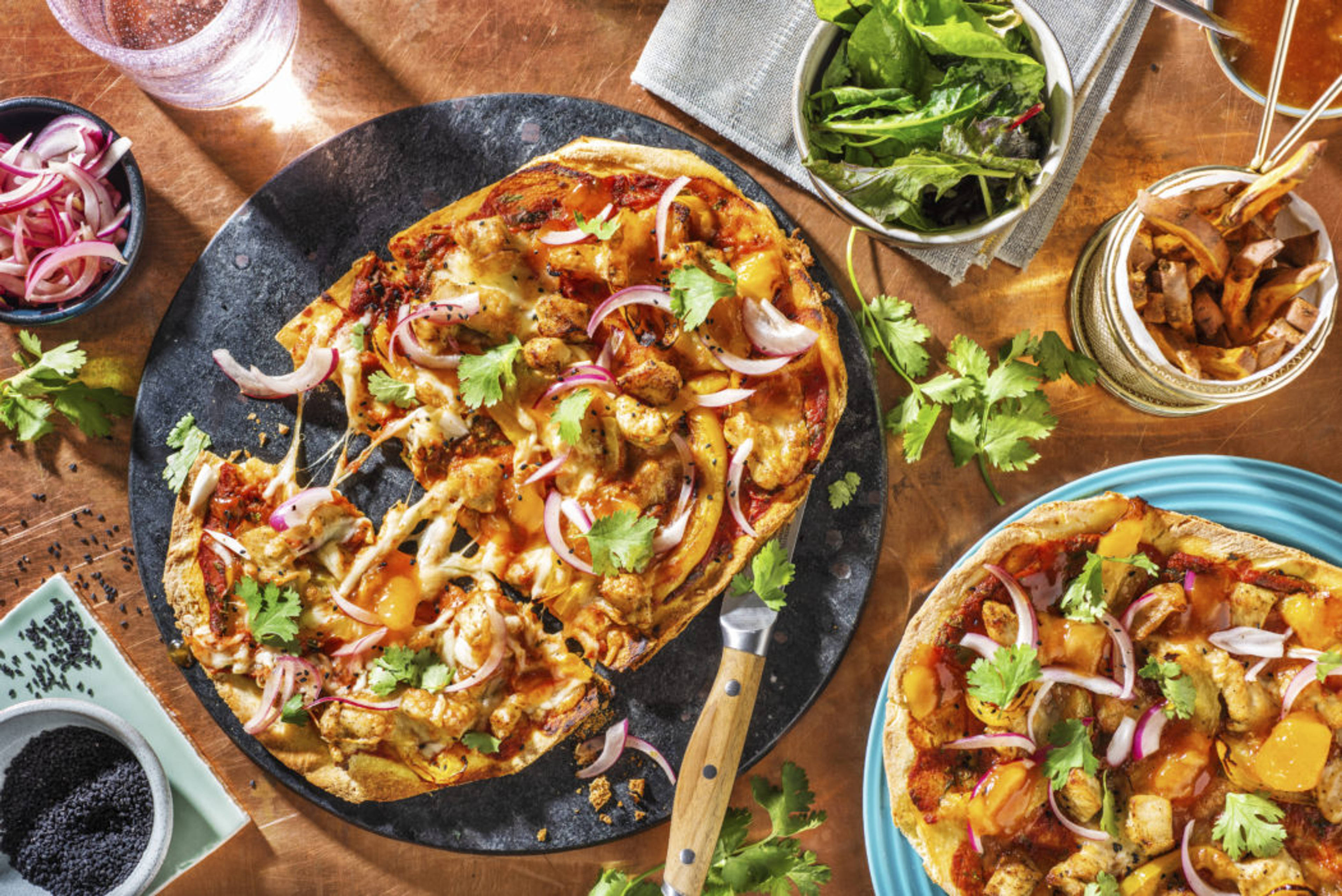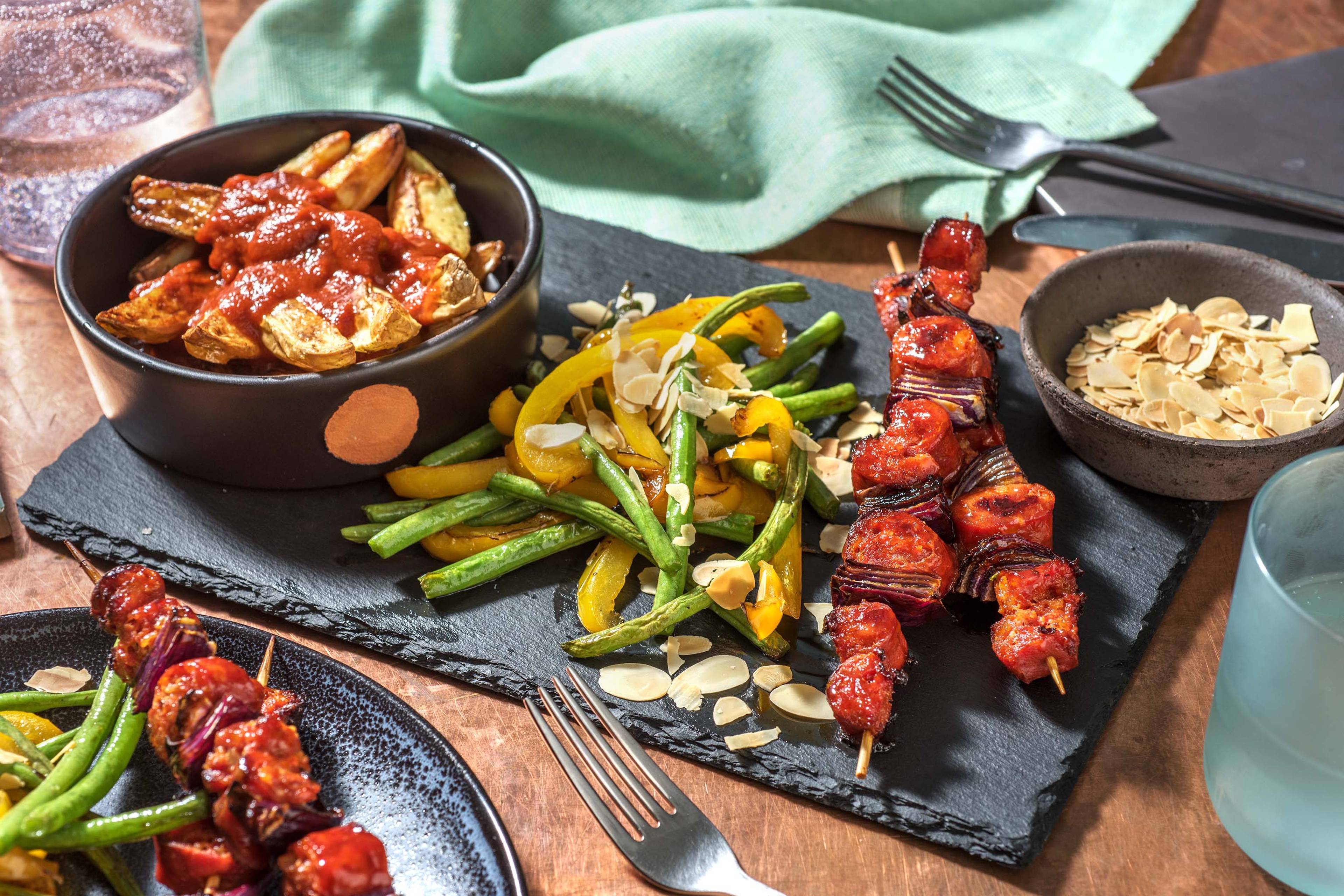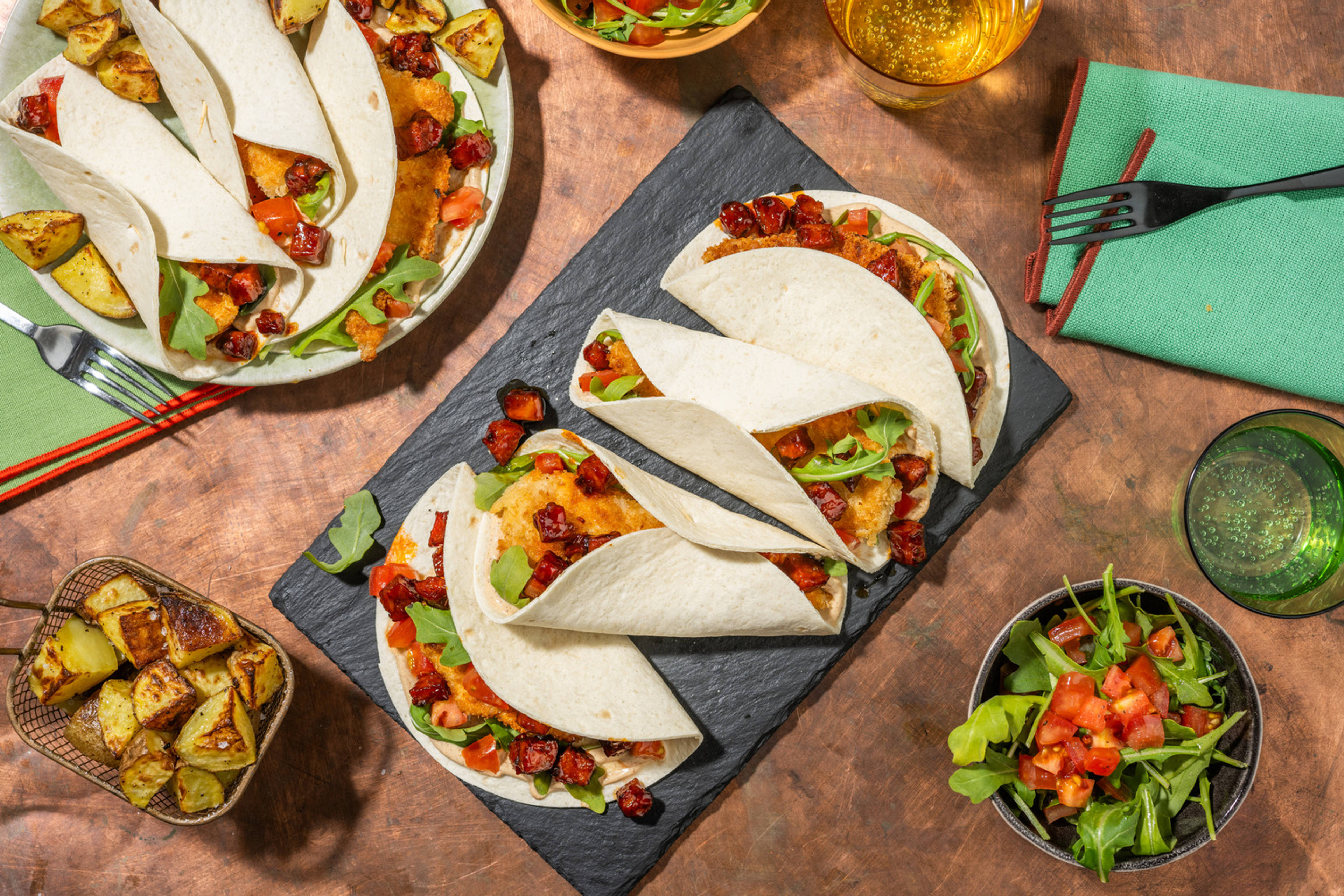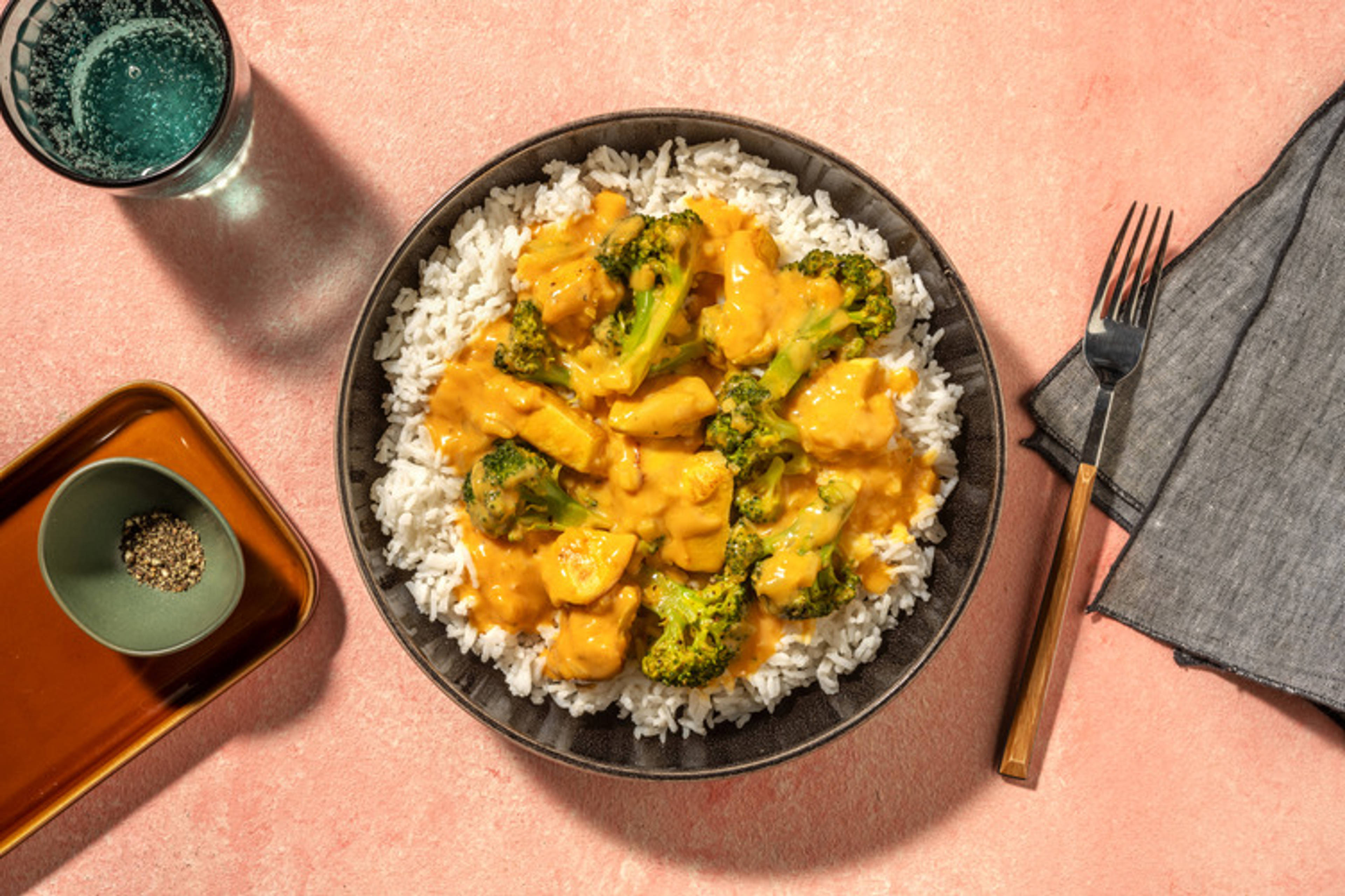Discover Pak Choi Recipes for Tasty and Easy Meal Preparation
Whether you are a vegetarian or not, pak choi is a superb ingredient that has a subtle flavour and deliciously crunchy texture that brings a distinctive feel to any recipe it is used in.
Pak Choi Recipes
Check out the numerous pak choi recipes that make the most of this staple of Chinese cuisine.Further Pak Choi Recipes
Easy Pak Choi Recipes
Not all pak choi recipes are hard to master, and some make the most of this vegetable’s simplicity.Further Easy Pak Choi Recipes
Spicy Pak Choi Recipes
Pak choi has a subtle and tender flavour, but that doesn’t mean it doesn’t combine well with stronger tastes, including many spicy dishes. Read these recipes for inspiration!Further Spicy Pak Choi Recipes
Calorie Smart Pak Choi Recipes
If you want to control your calorie intake, these recipe options will suit you. All of them contain healthy and nutritious pak choi.Further Calorie Smart Pak Choi Recipes
Quick Pak Choi Recipes
Pak choi doesn’t take long to prepare, so it is ideal for quick and easy recipes. Browse these quick pak choi recipes for something you can put together in minutes.Further Quick Pak Choi Recipes
Stir-Fry Pak Choi Recipes
Pak choi recipes are often stir-fries because this ingredient is widely used in East-Asian cuisine. Read more about our stir-fry pak choi recipes here.Further Stir-Fry Pak Choi Recipes
Pak Choi Recipes with Noodles
Noodle-based dishes like chow mein often work well with pak choi. Take a closer look at our pak choi recipes with noodles to find out more.Further Pak Choi Recipes with Noodles
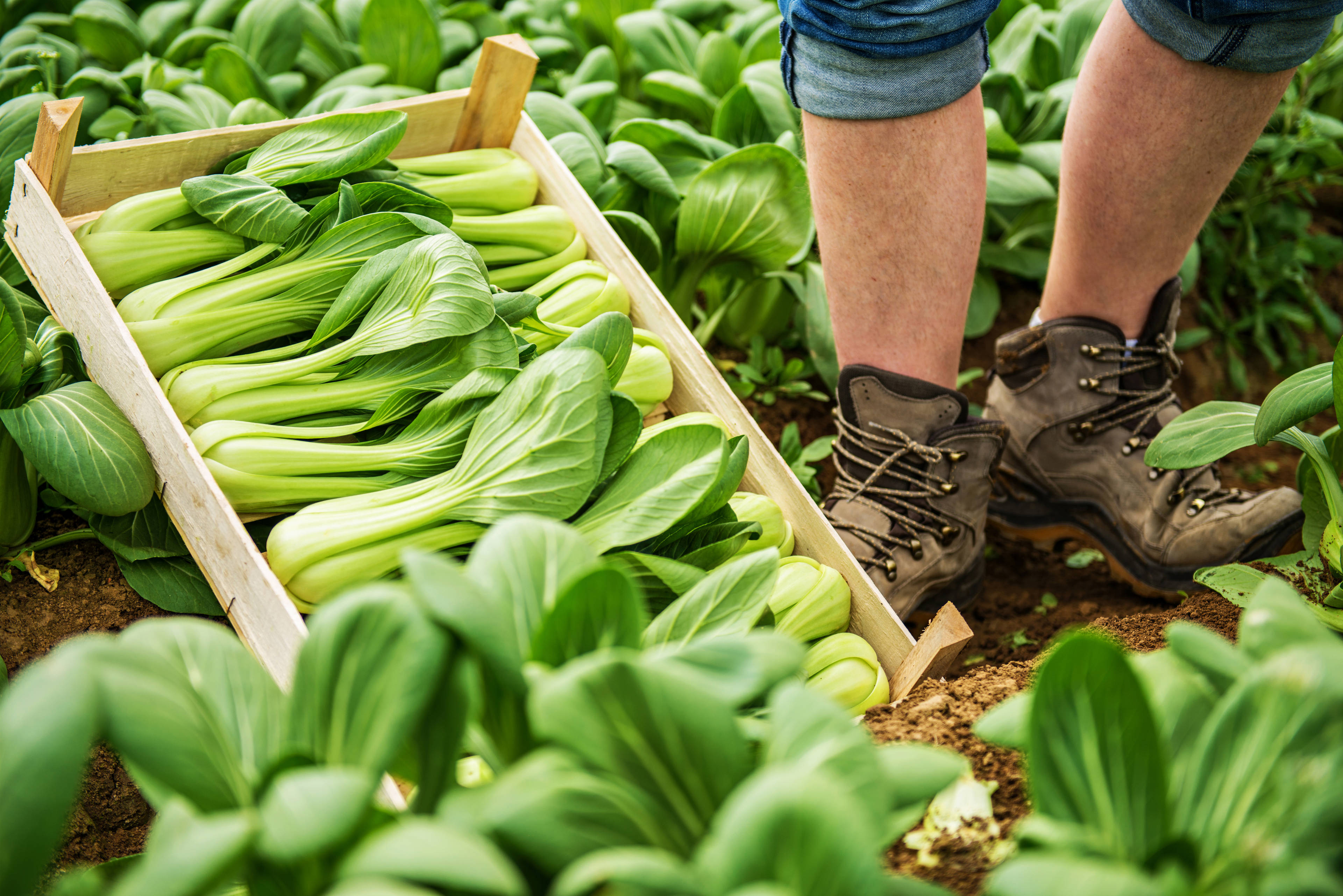
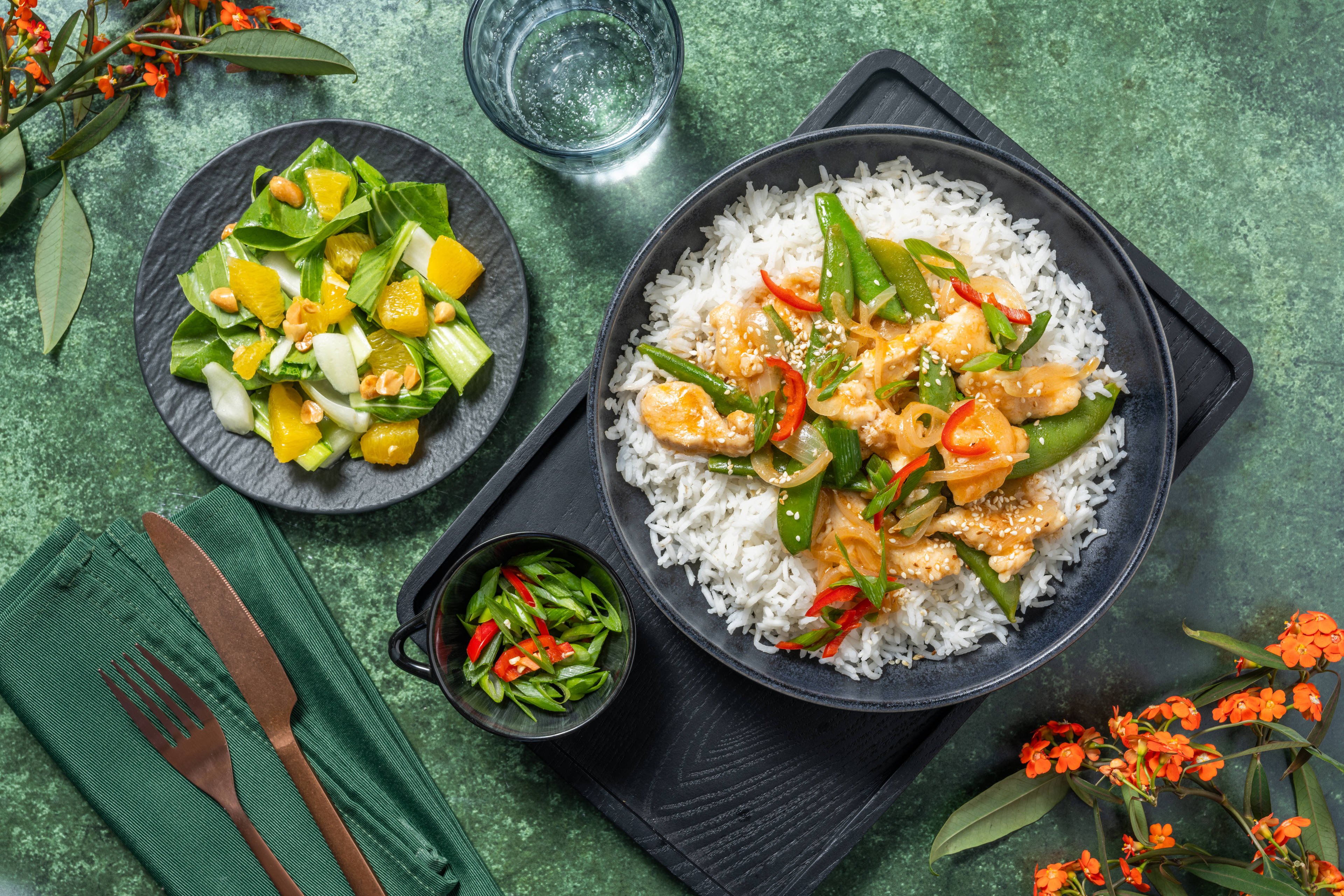
Pak Choi Recipe FAQs
How do I cut pak choi?
To cut pak choi, place a whole one sideways down on a chopping board and remove the stem. The individual leaves can then be pulled apart by hand. Smaller ones won’t need further cutting, but denser ones near the stem should be chopped into smaller pieces, especially for pak choi salads and stir-fries.
What is pak choi?
Also known as pak choy or bok choy, pak choi is a leafy green vegetable that’s part of the brassica family, just like cabbage. It is often used in East-Asian cuisine.
How can I use pak choi?
Pak choi can be eaten raw in a salad. When cooking pak choi, you can stir-fry or boil it, but don’t overdo it, or you will lose its crunchy texture. Savoy cabbage or Swiss chard are good pak choi substitutes.
What do you eat with pak choi?
Pak choi can be eaten with other vegetables in a vegetarian stir-fry or salad dish. It is also a great accompaniment for meat or fish, just as cabbage would be. In short, it is highly versatile.
What are two uses of pak choi?
Steam or boil pak choi to serve it as a vegetable accompaniment alongside meat, fish, or a vegetarian alternative. When used in a stir-fry, add it towards the end in sesame or walnut oil since it only takes a little cooking.
What part of pak choi do we eat?
The green leaves of pak choi are edible, as is the stem, which is greener and denser. The only part you remove is the tip of the stem where the roots would be.
Recipes by Preferences and Dietary Lifestyle
+5

Get excited every evening!
+6
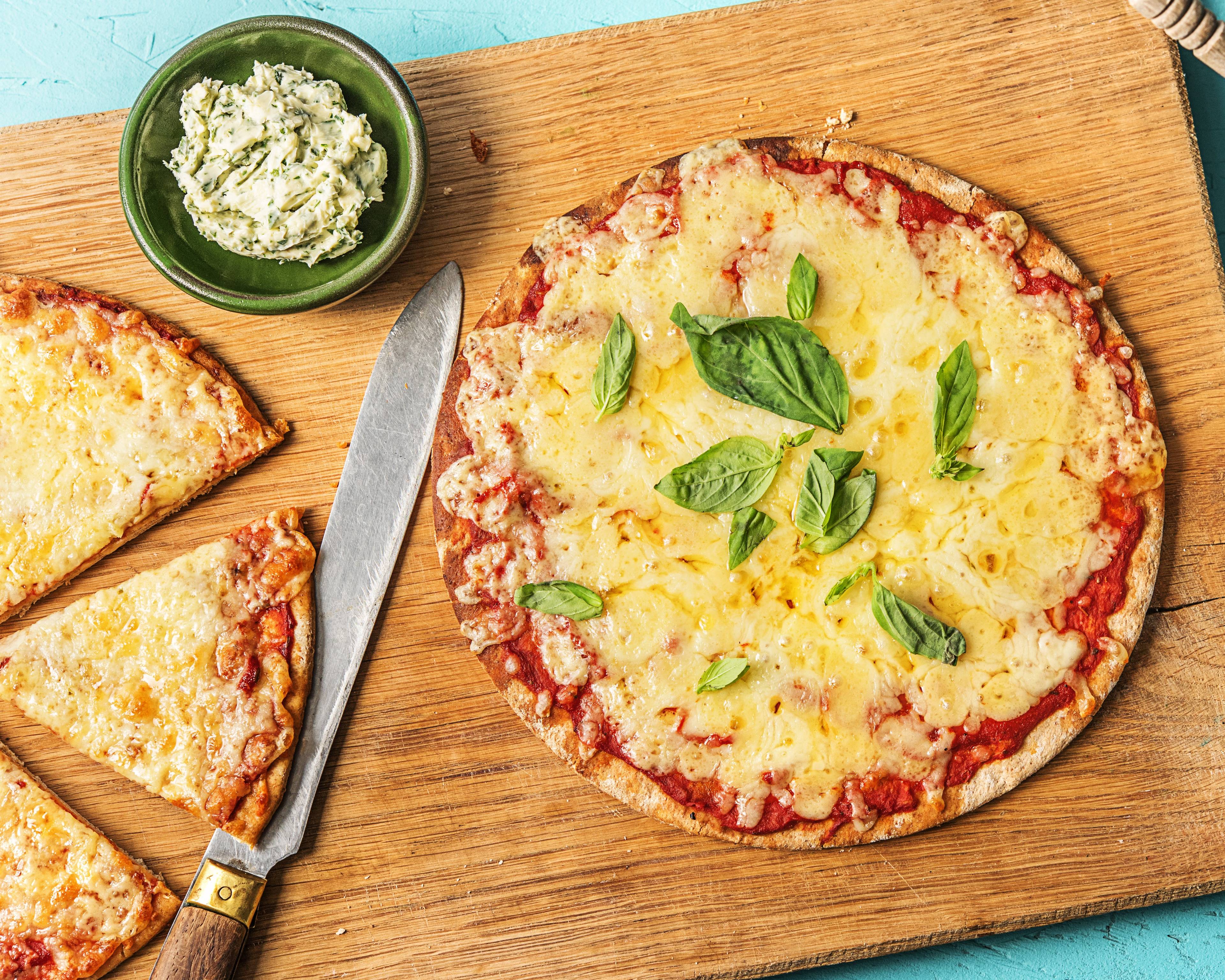

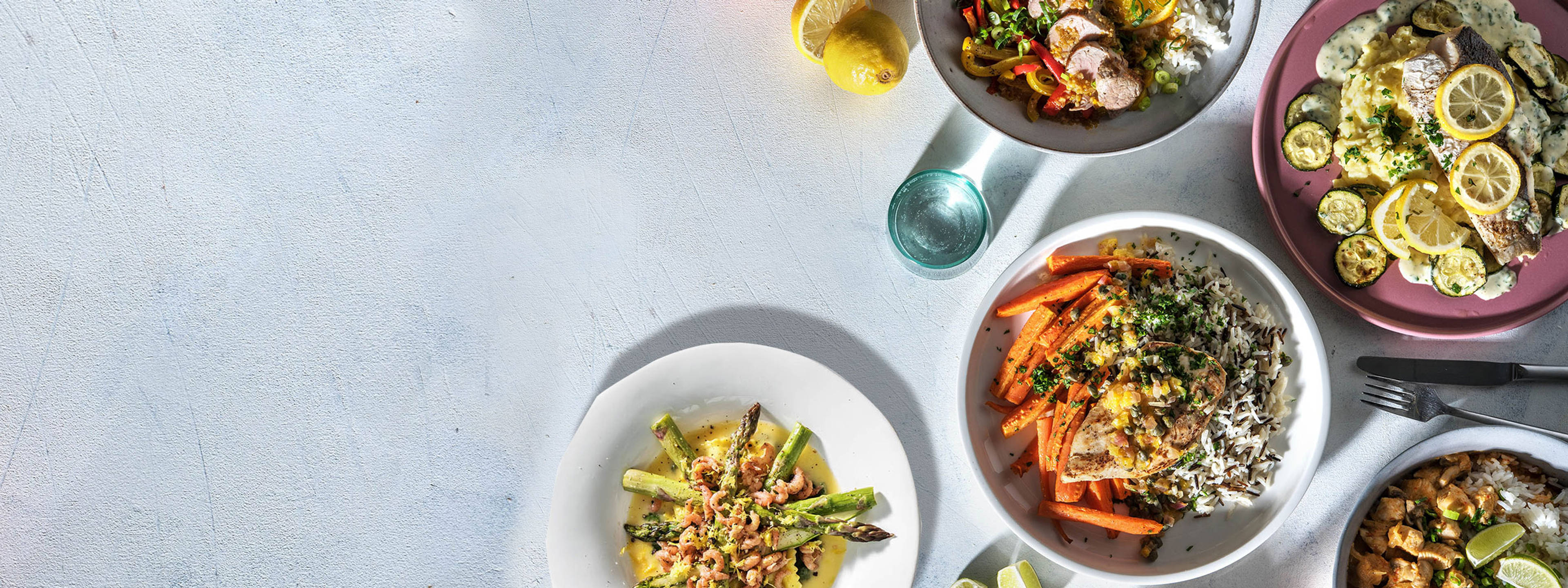
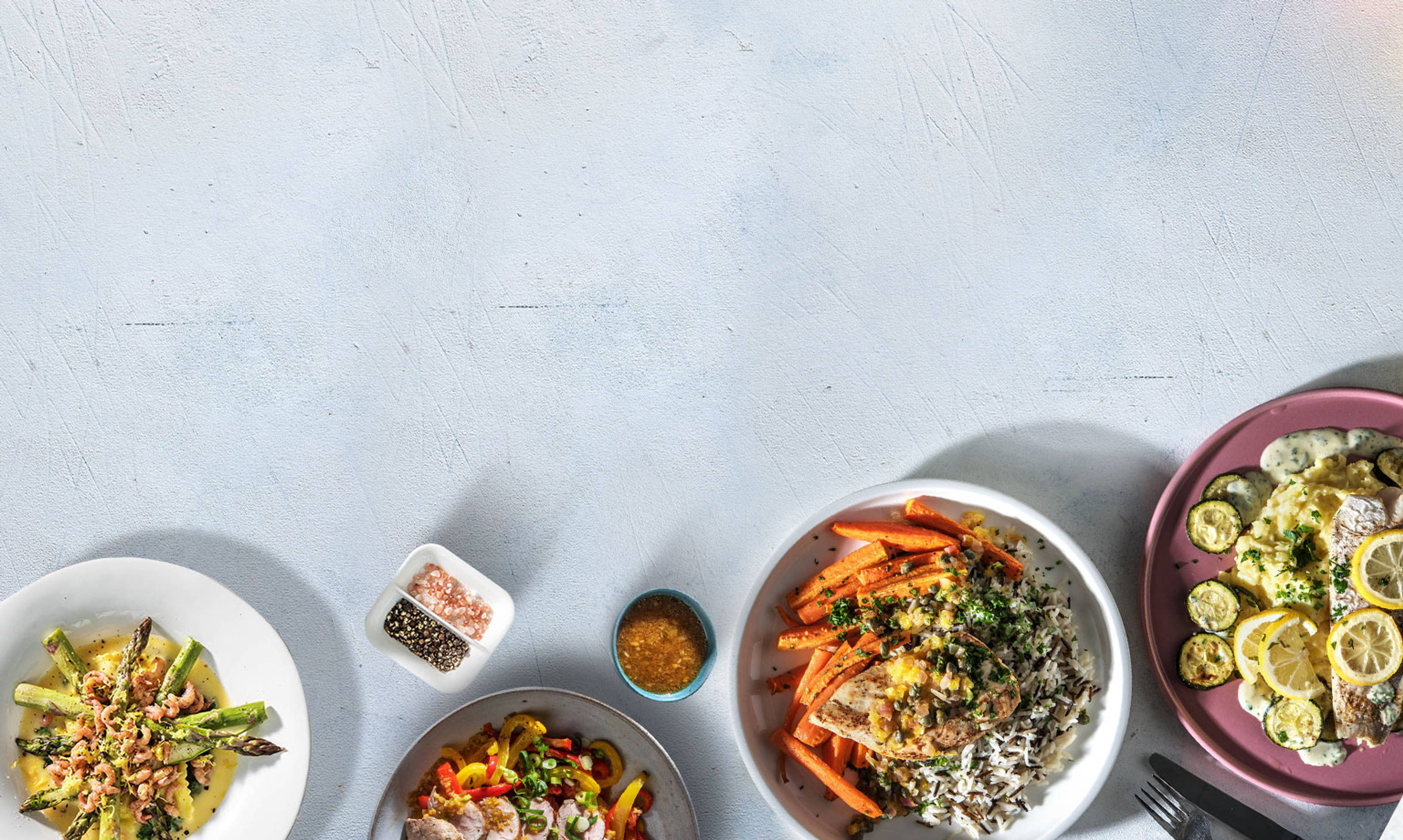
Recipes you'll love! Get delicious recipes and all ingredients fresh on your doorstep every week.
